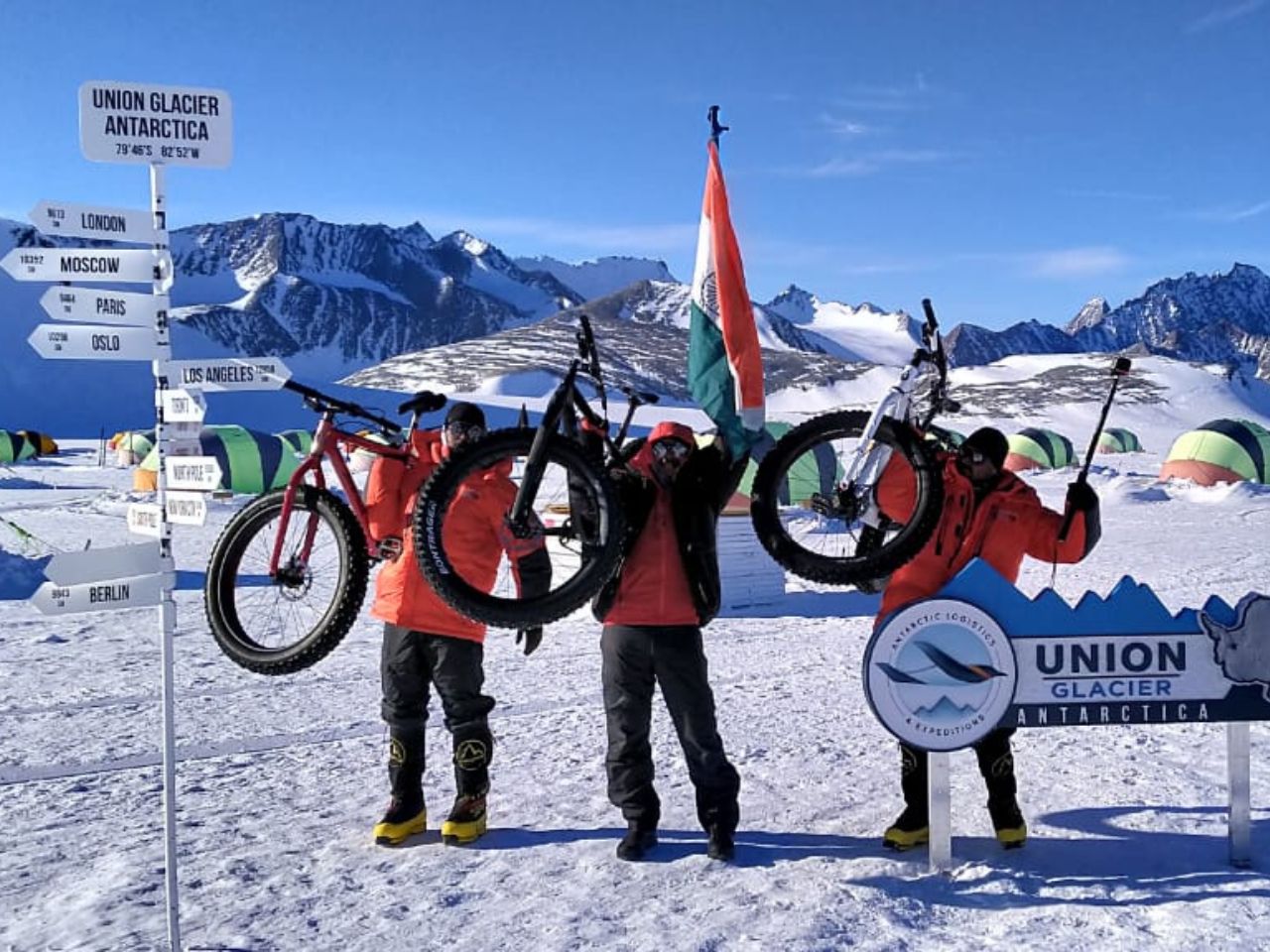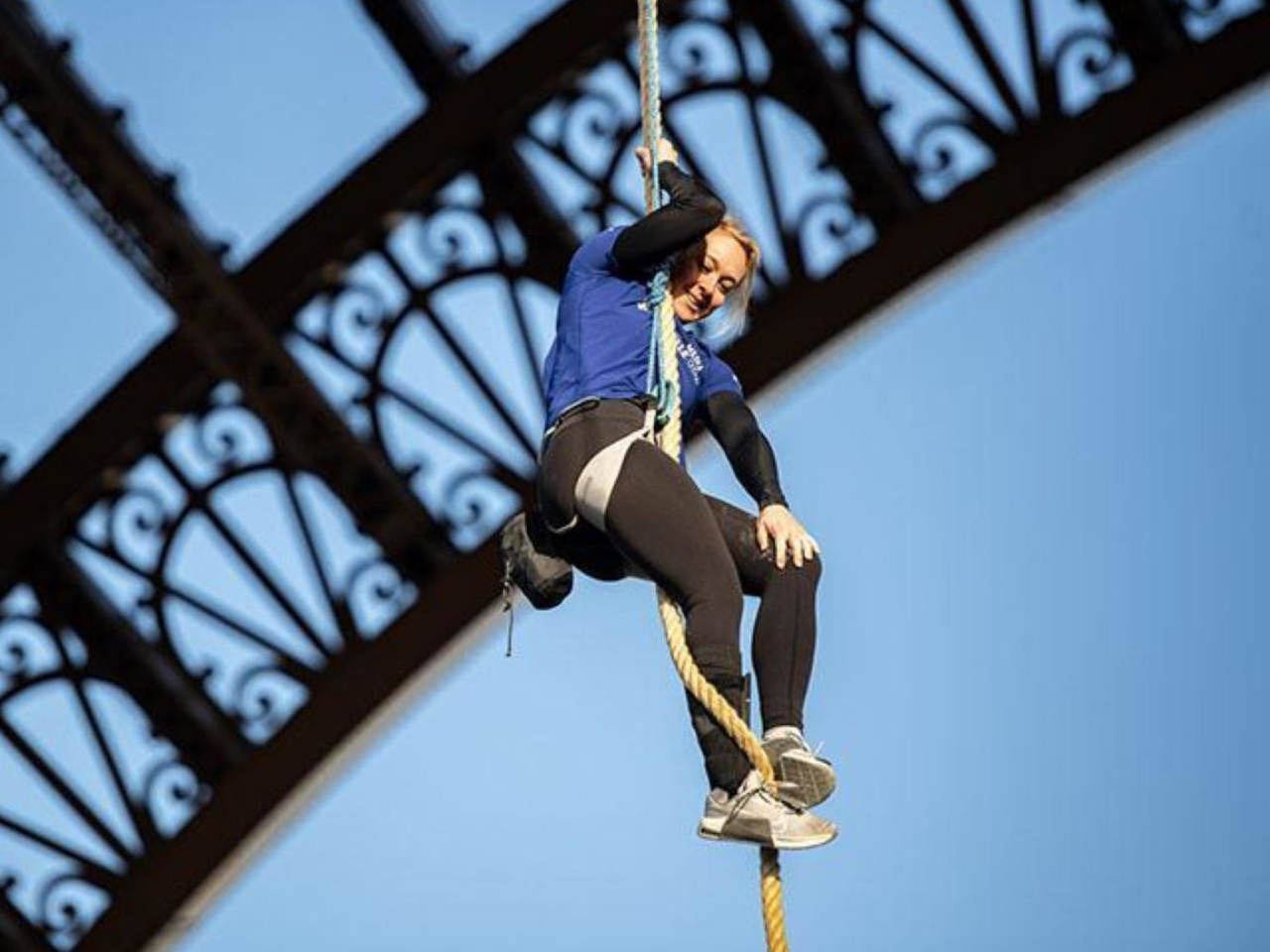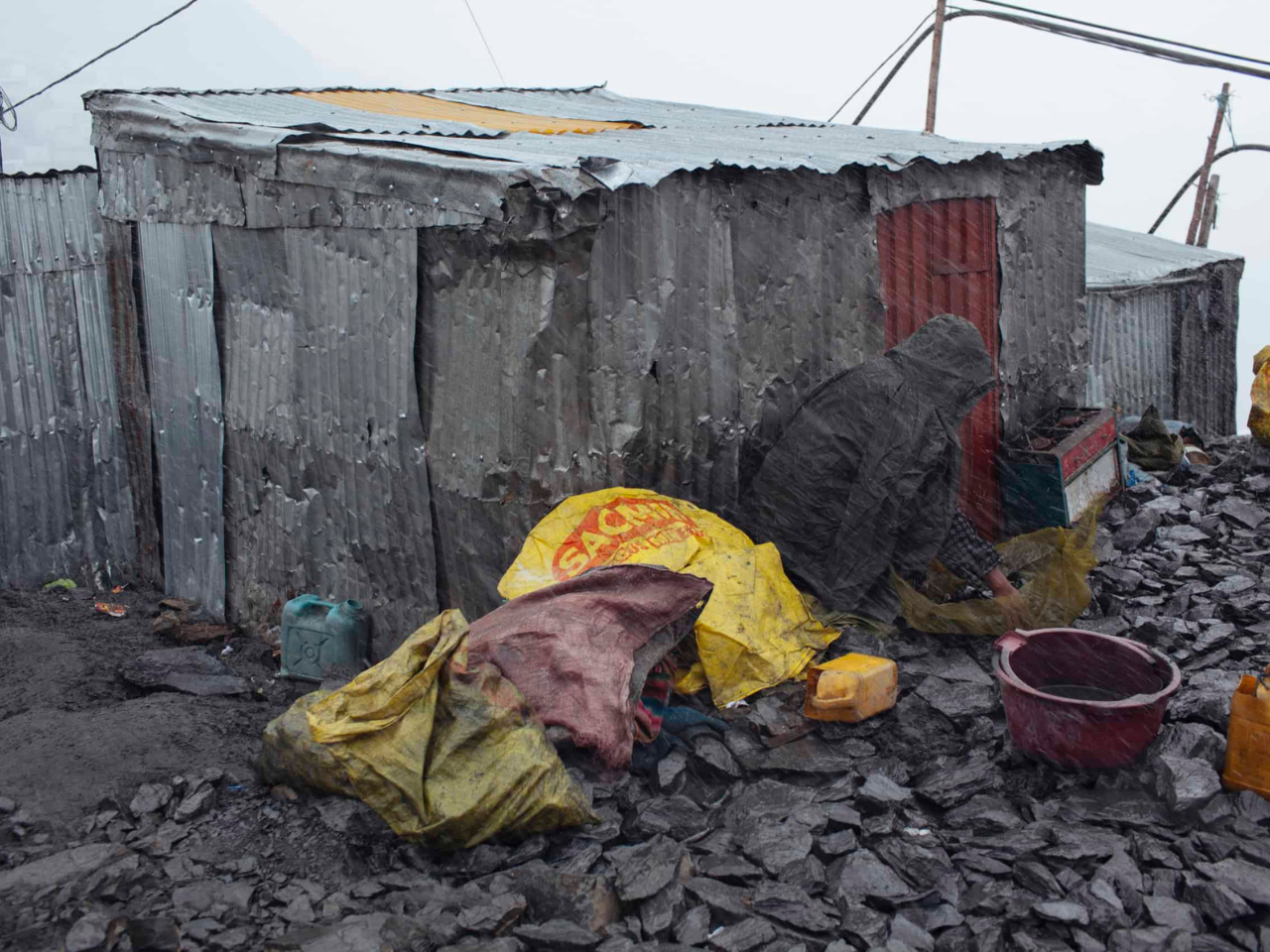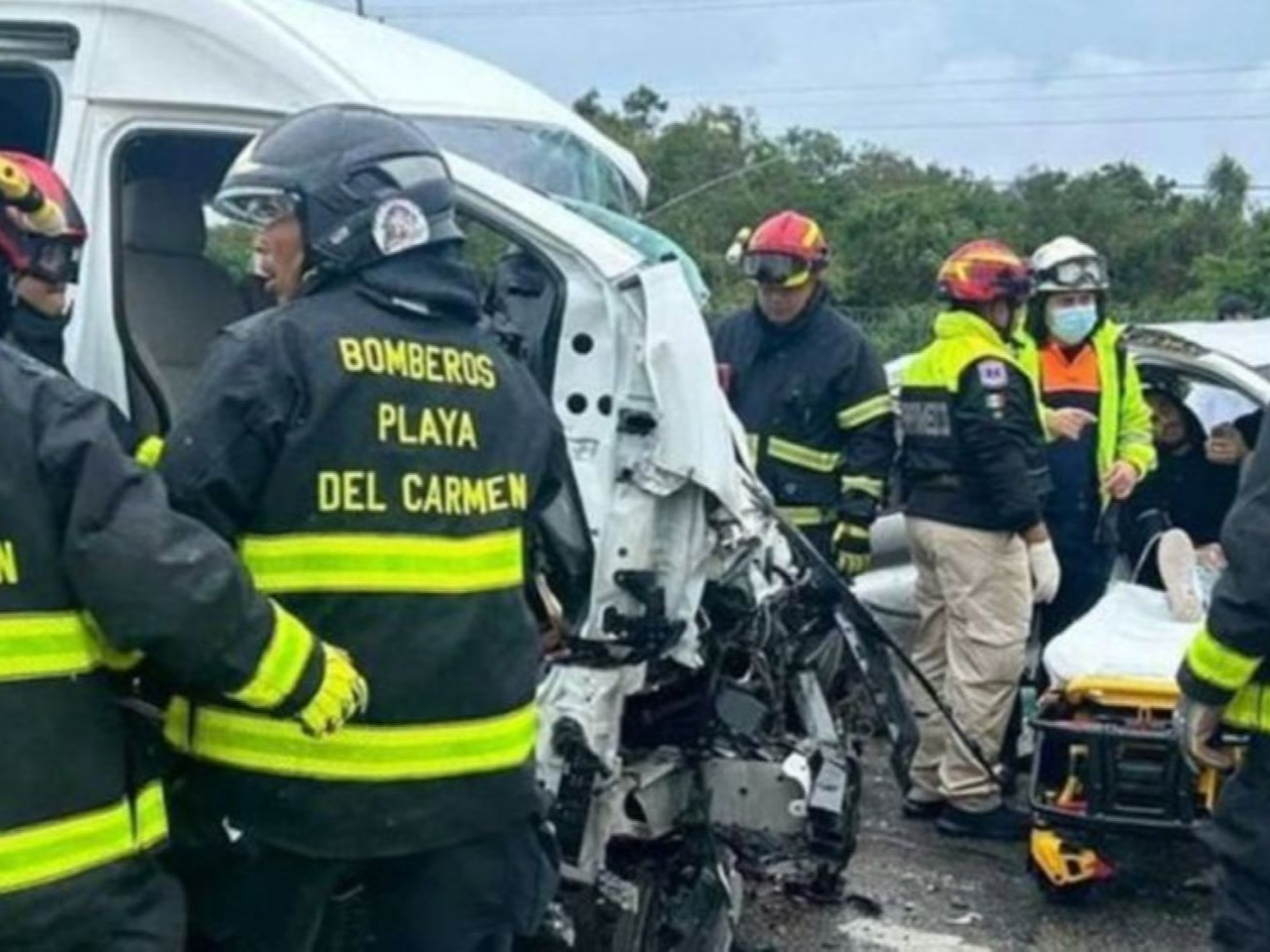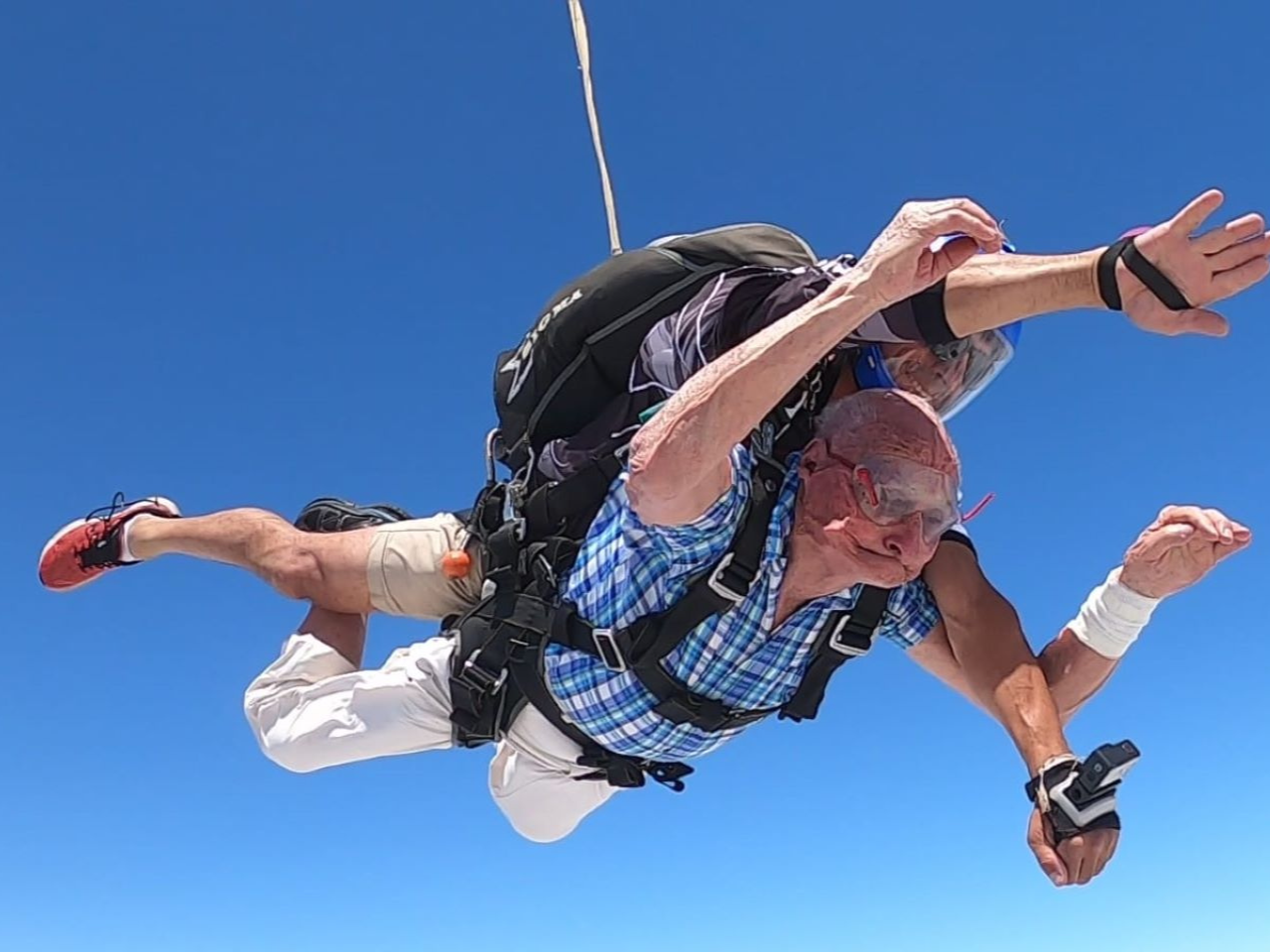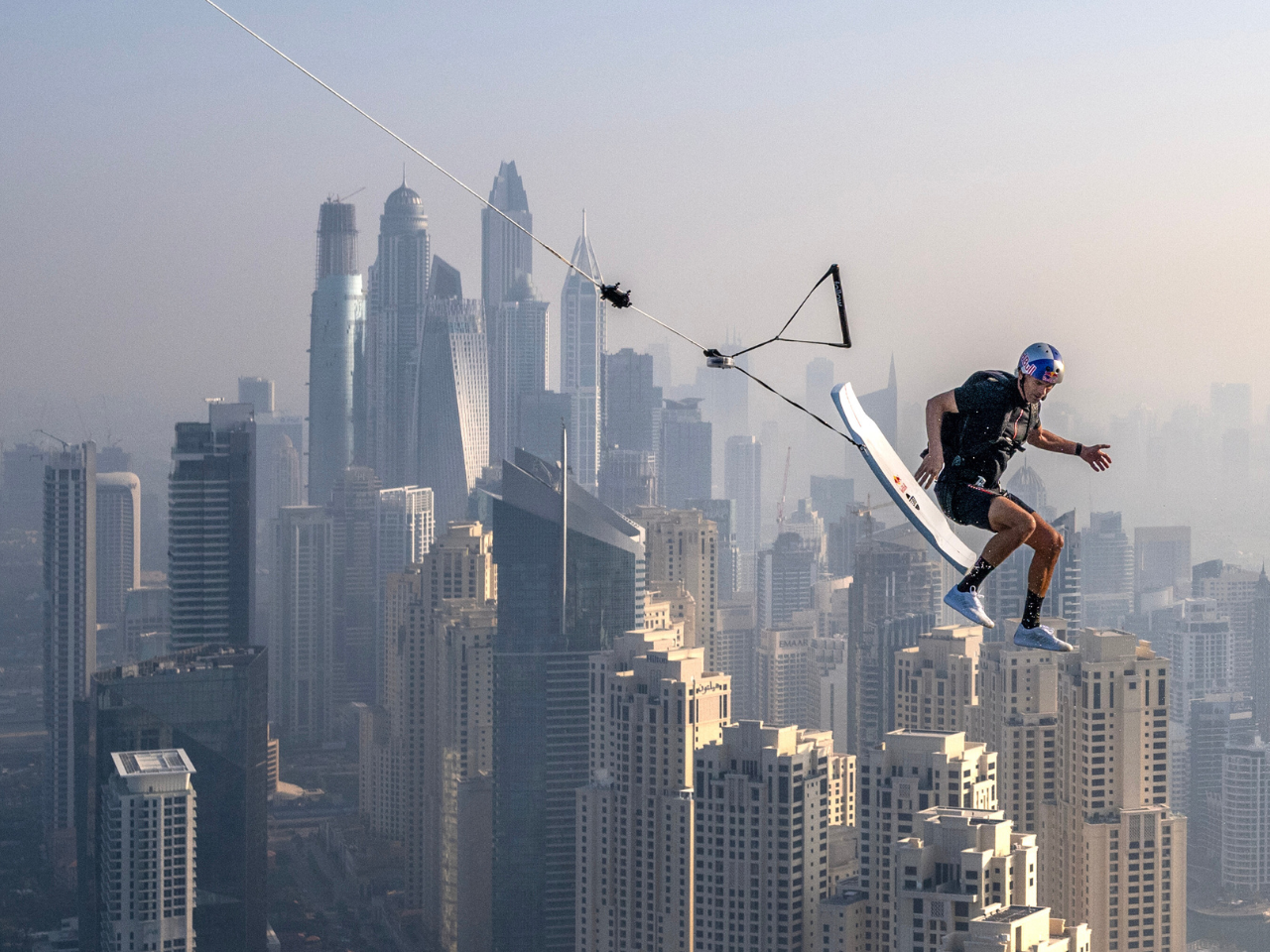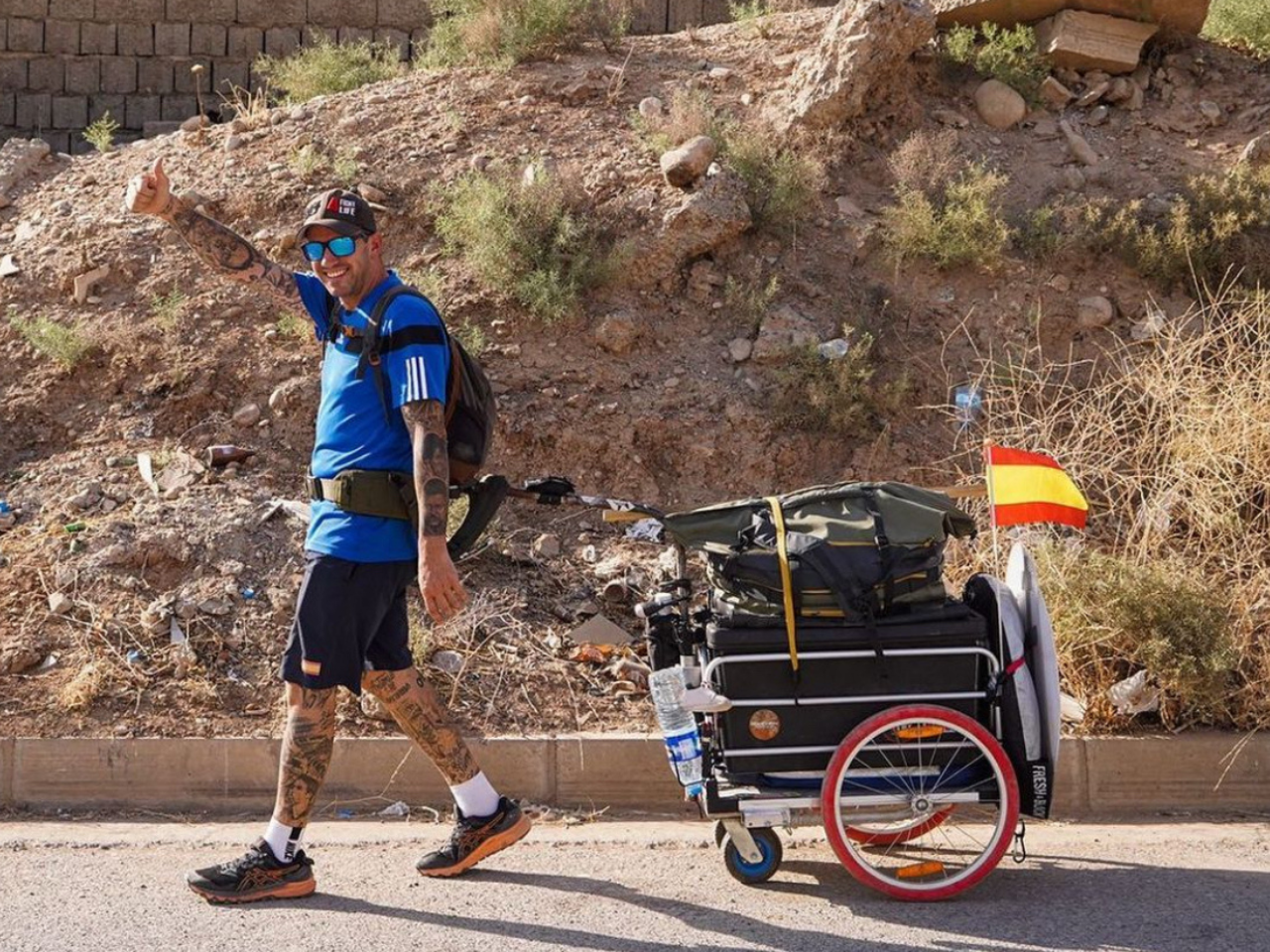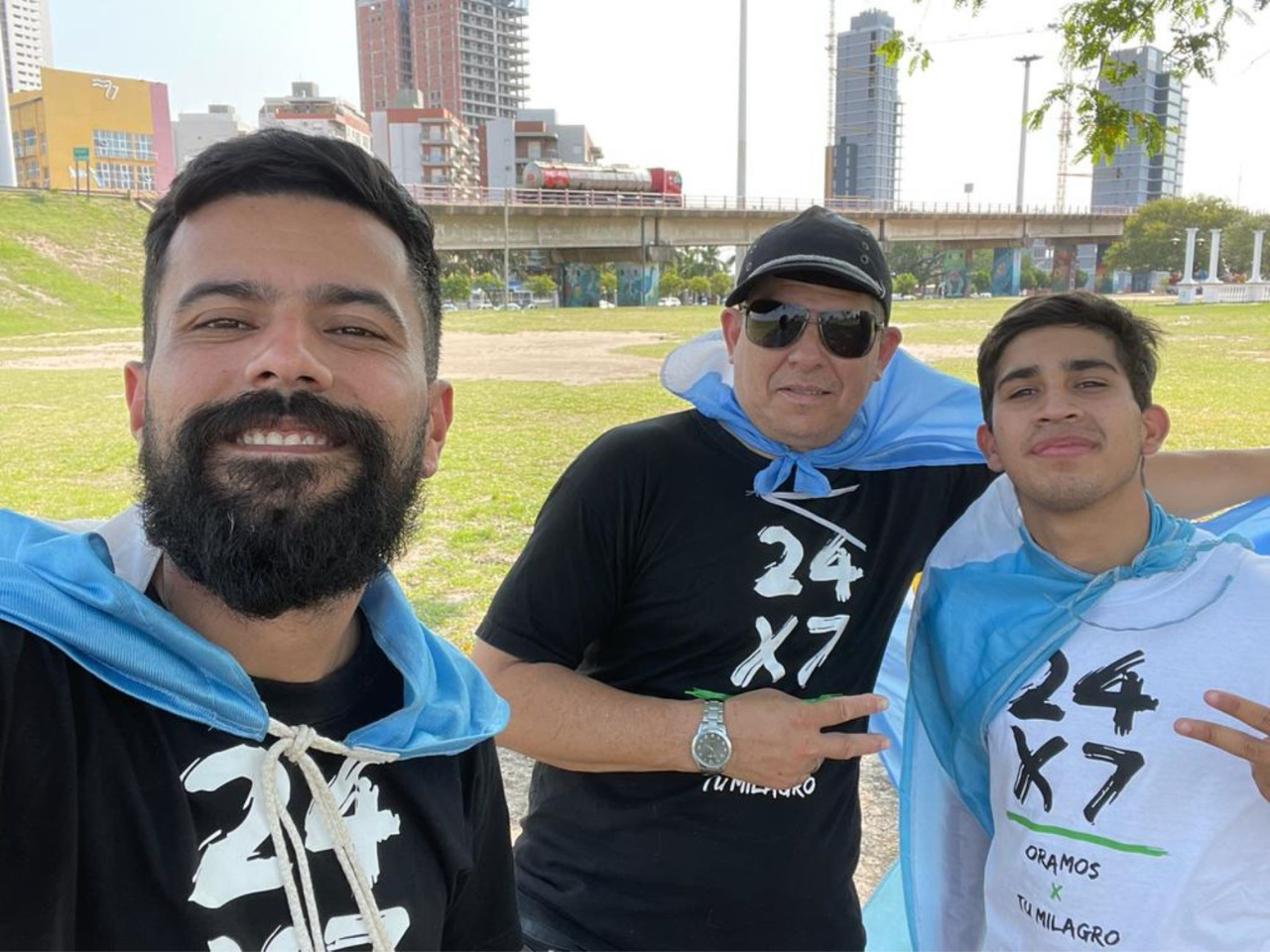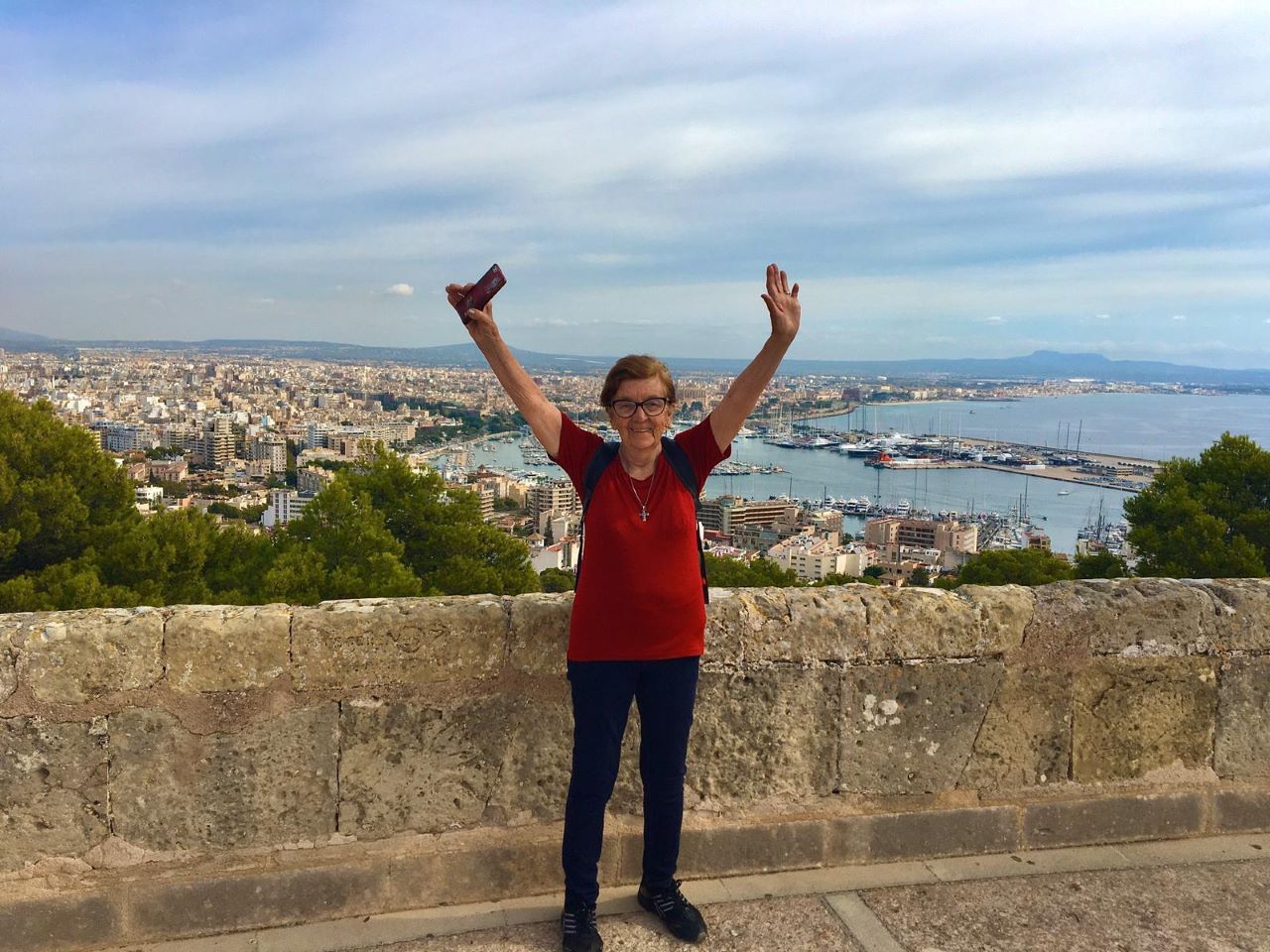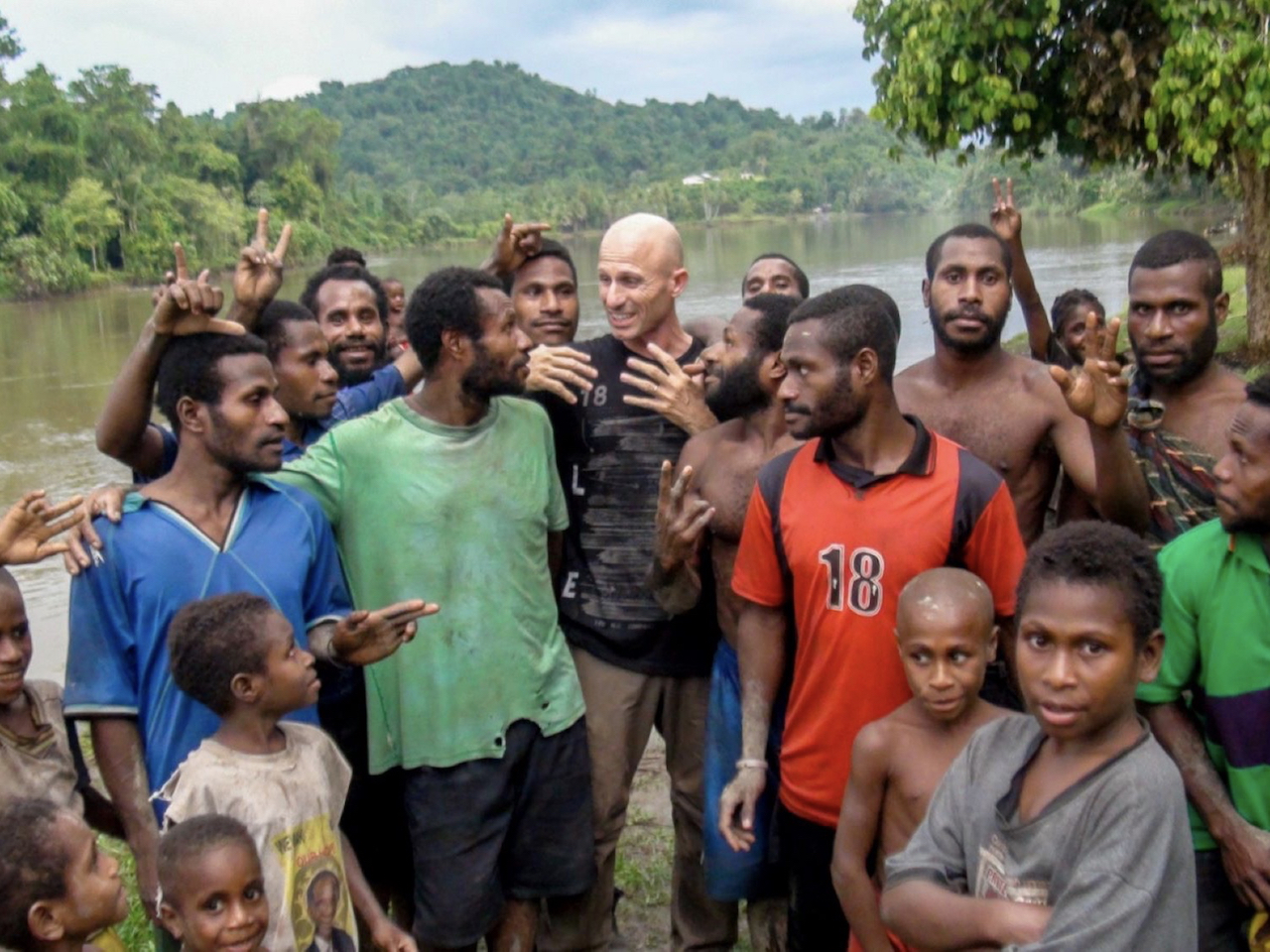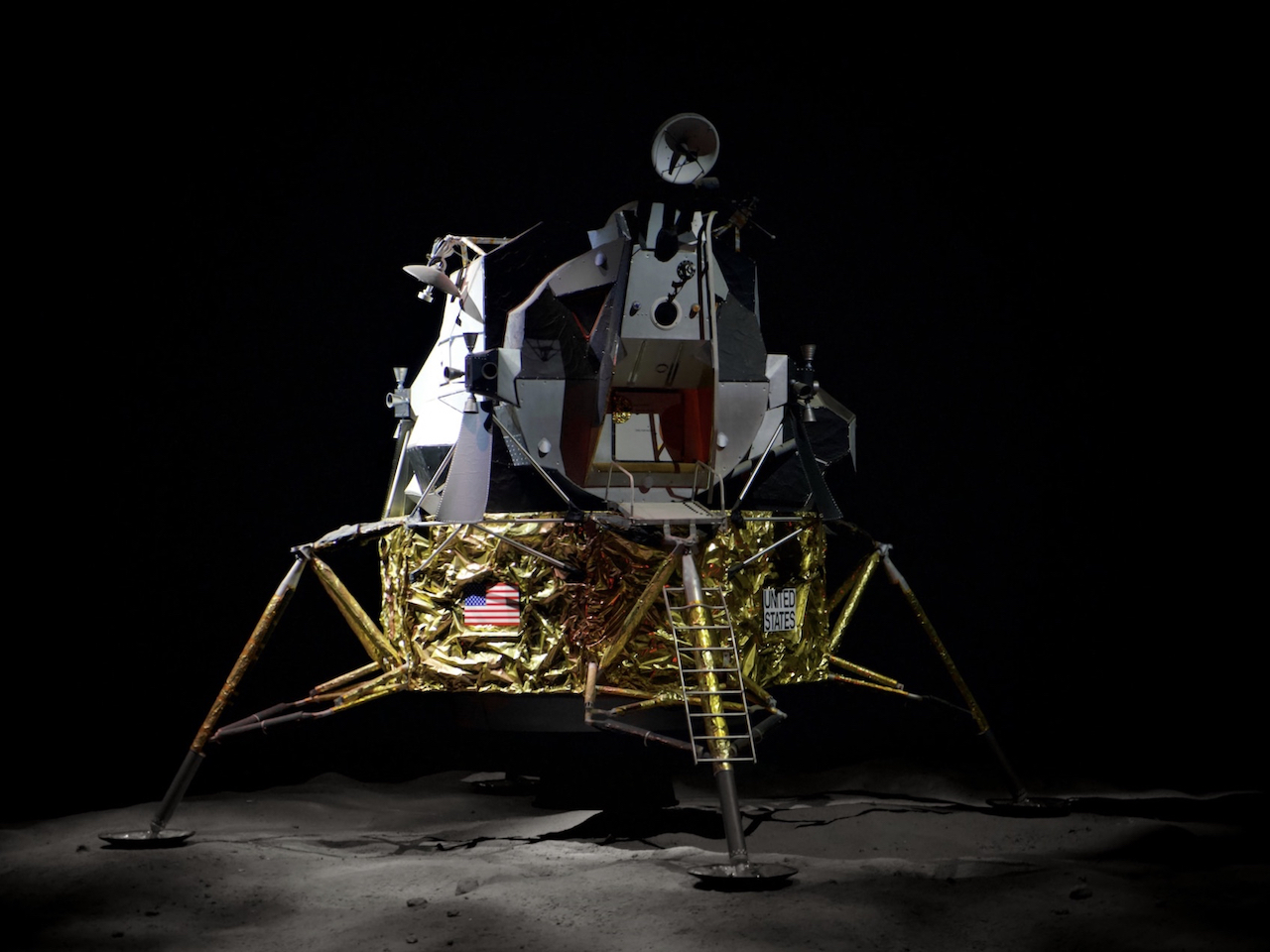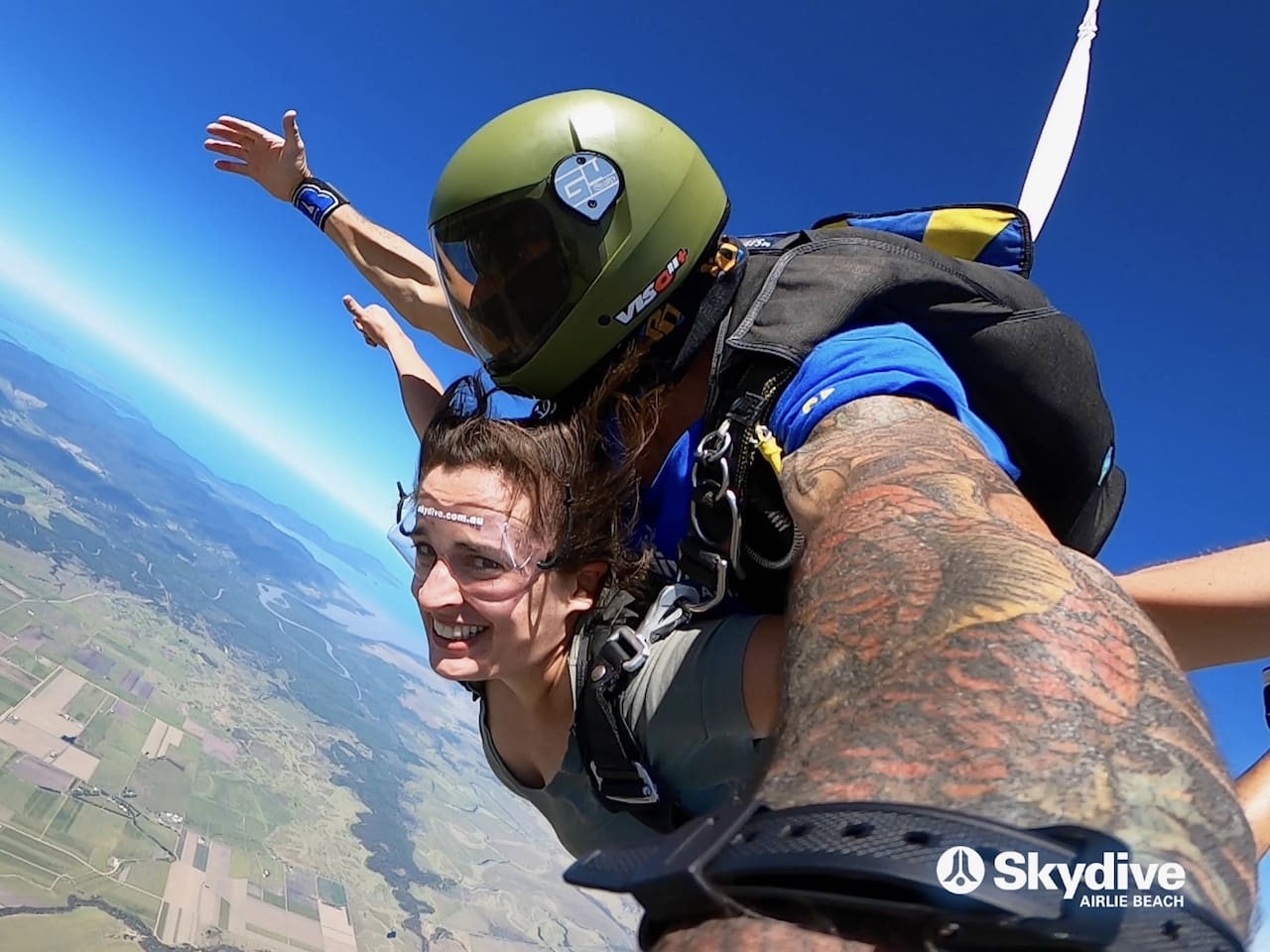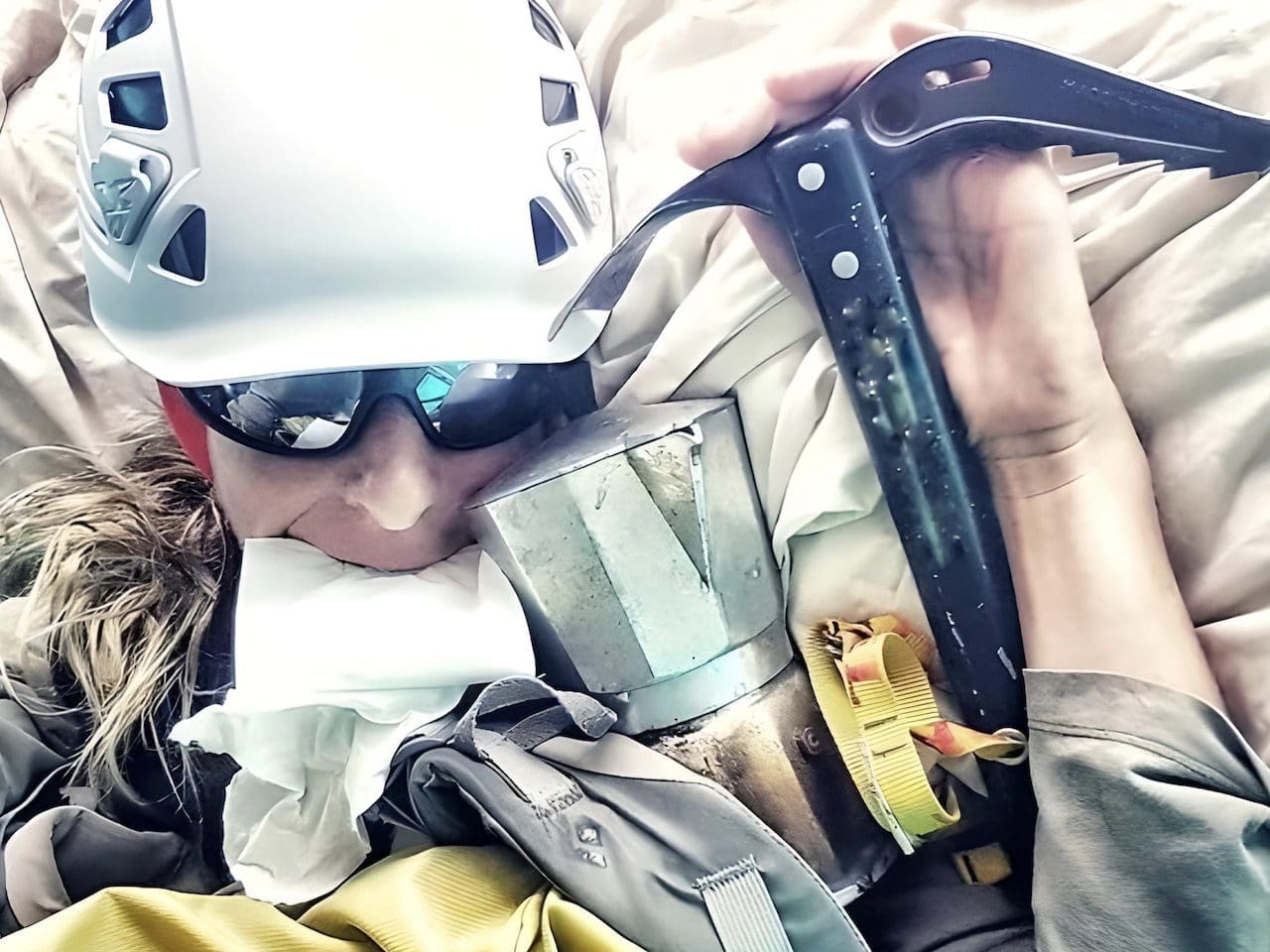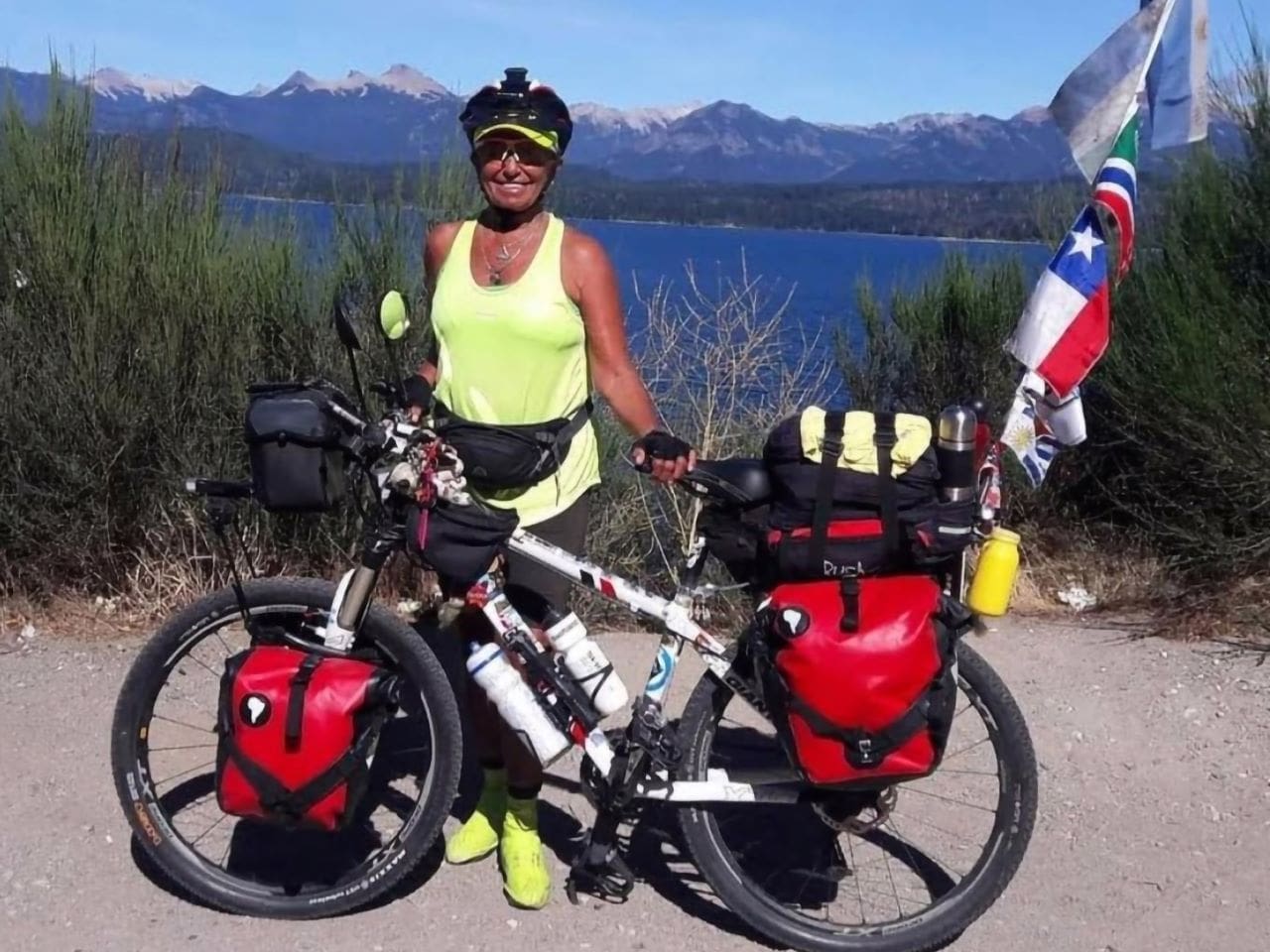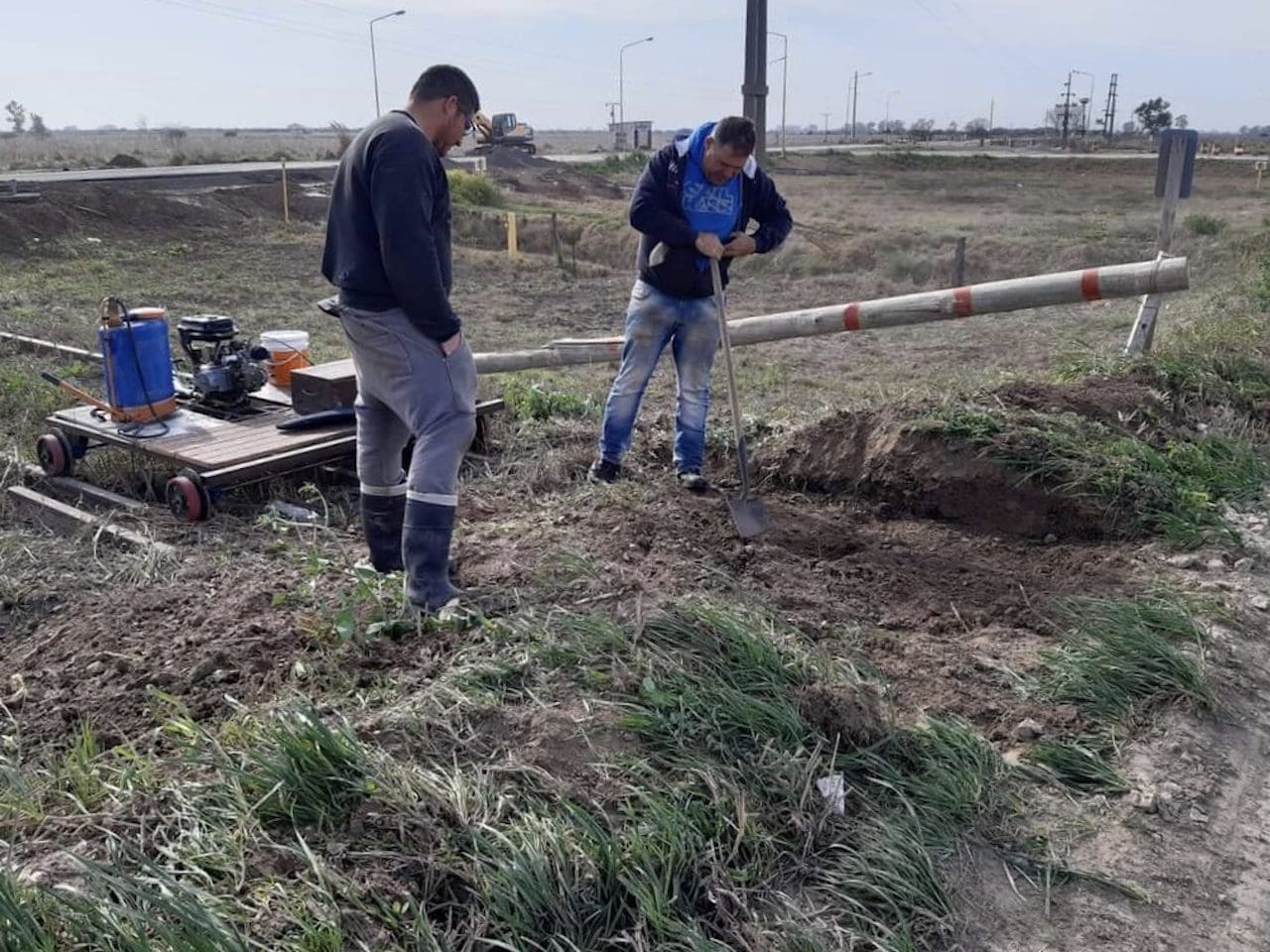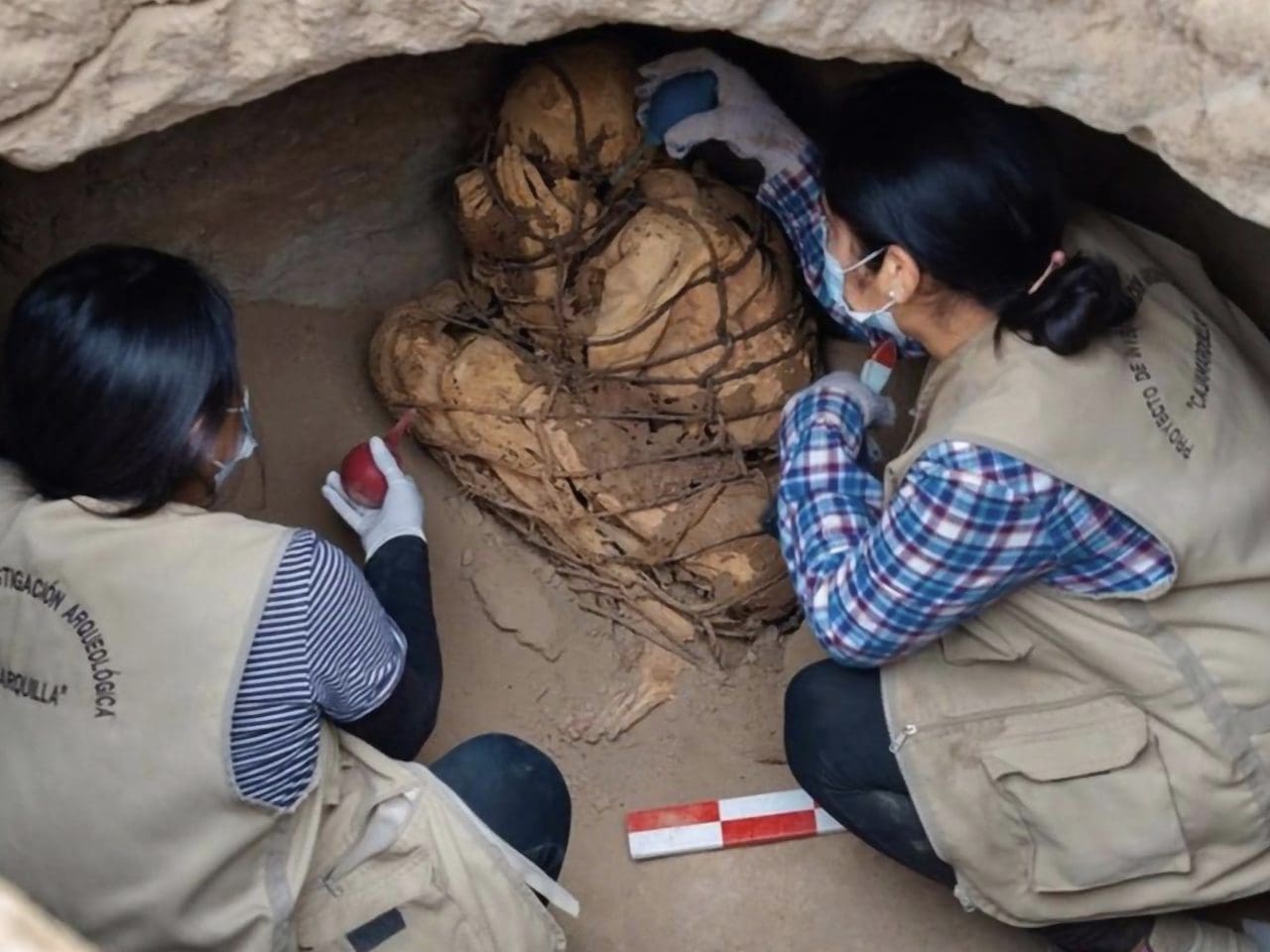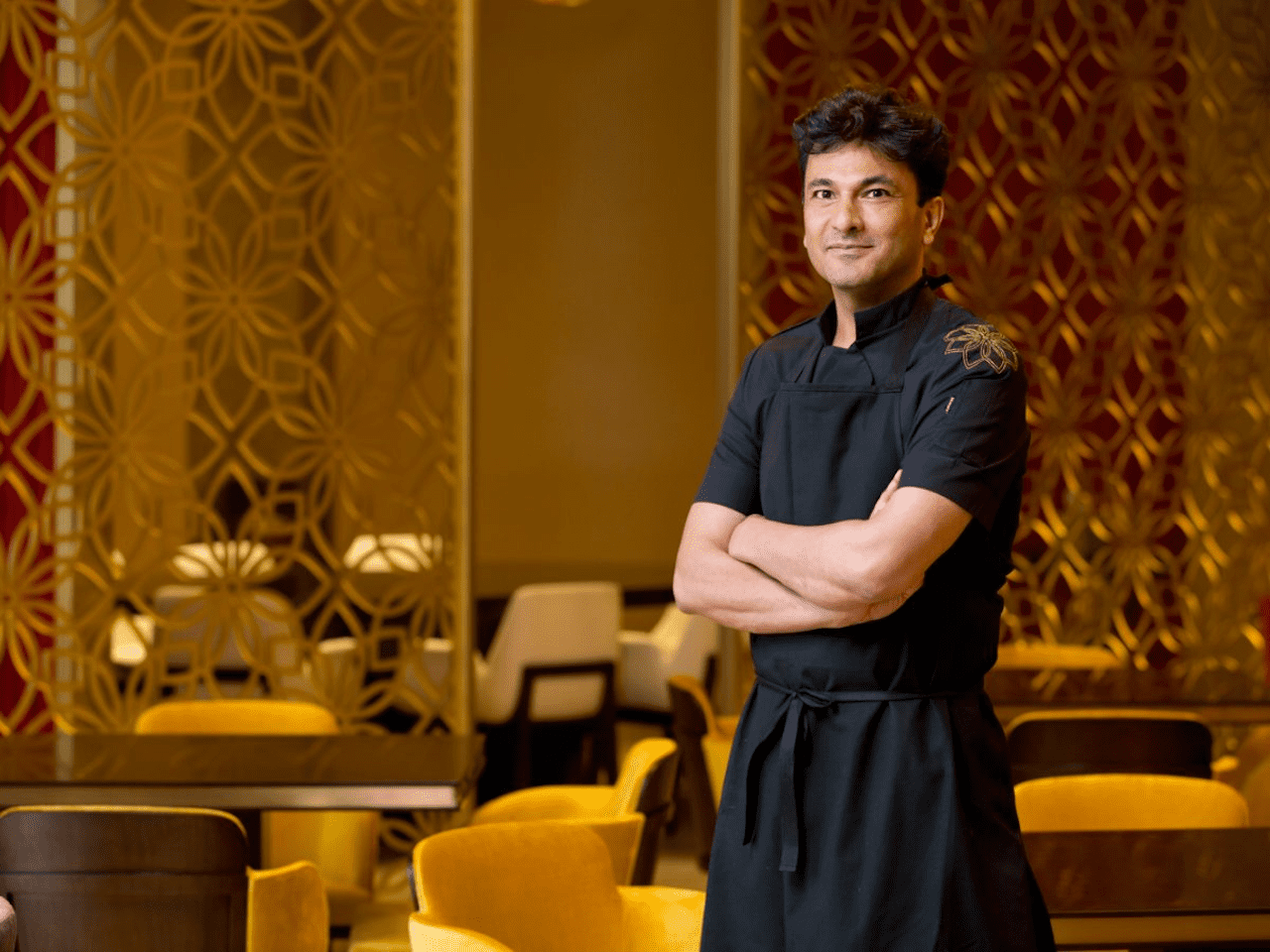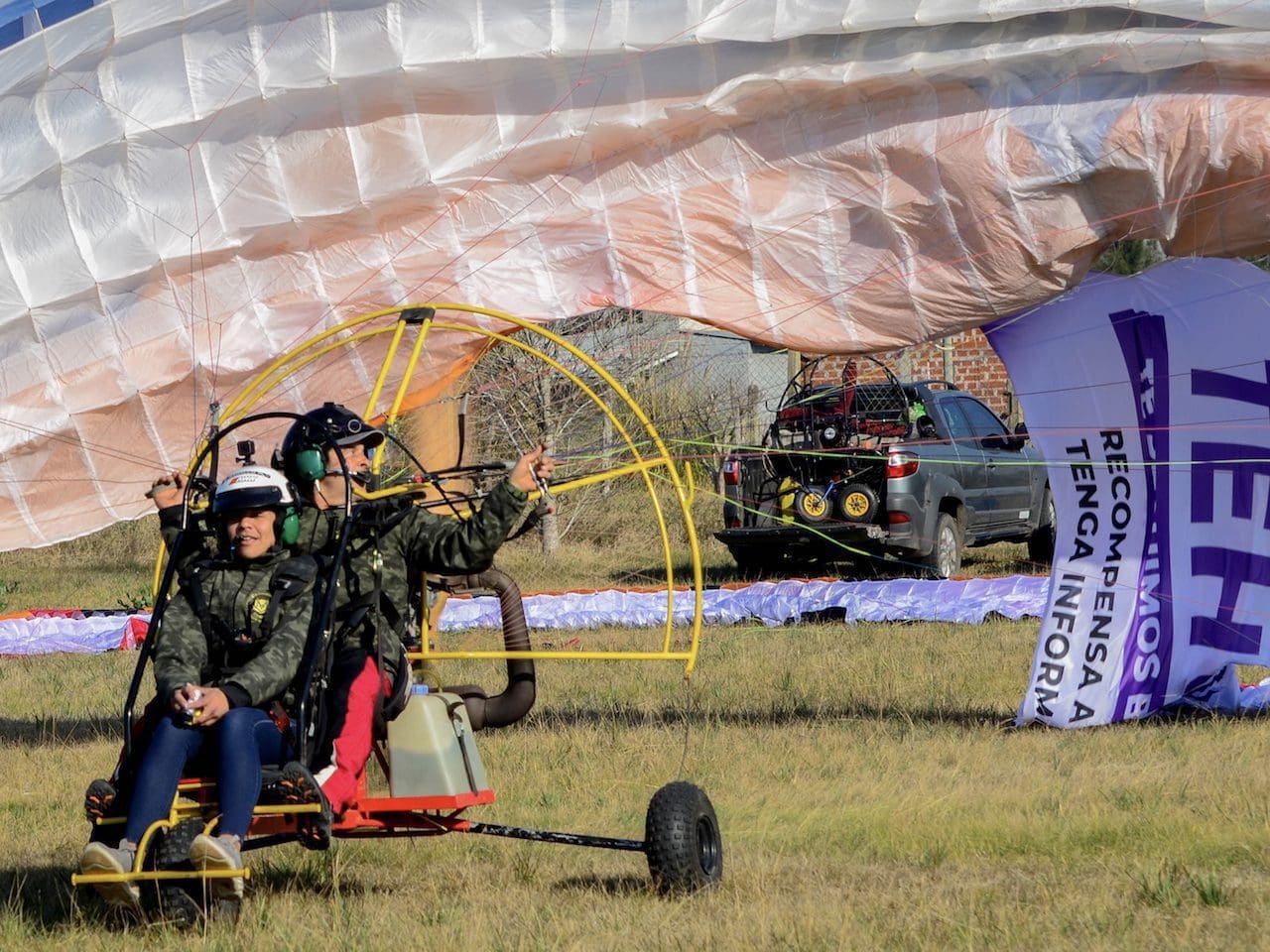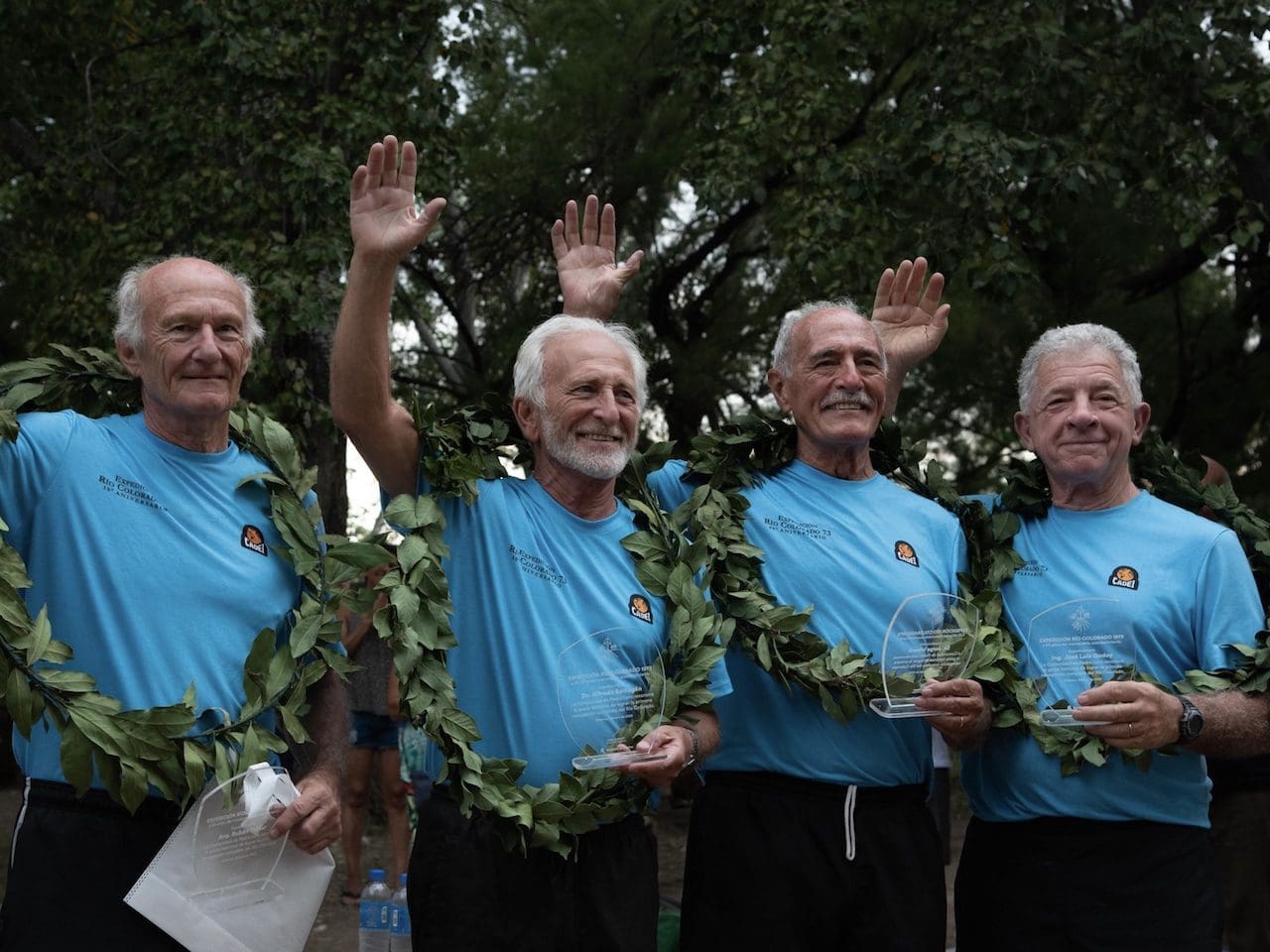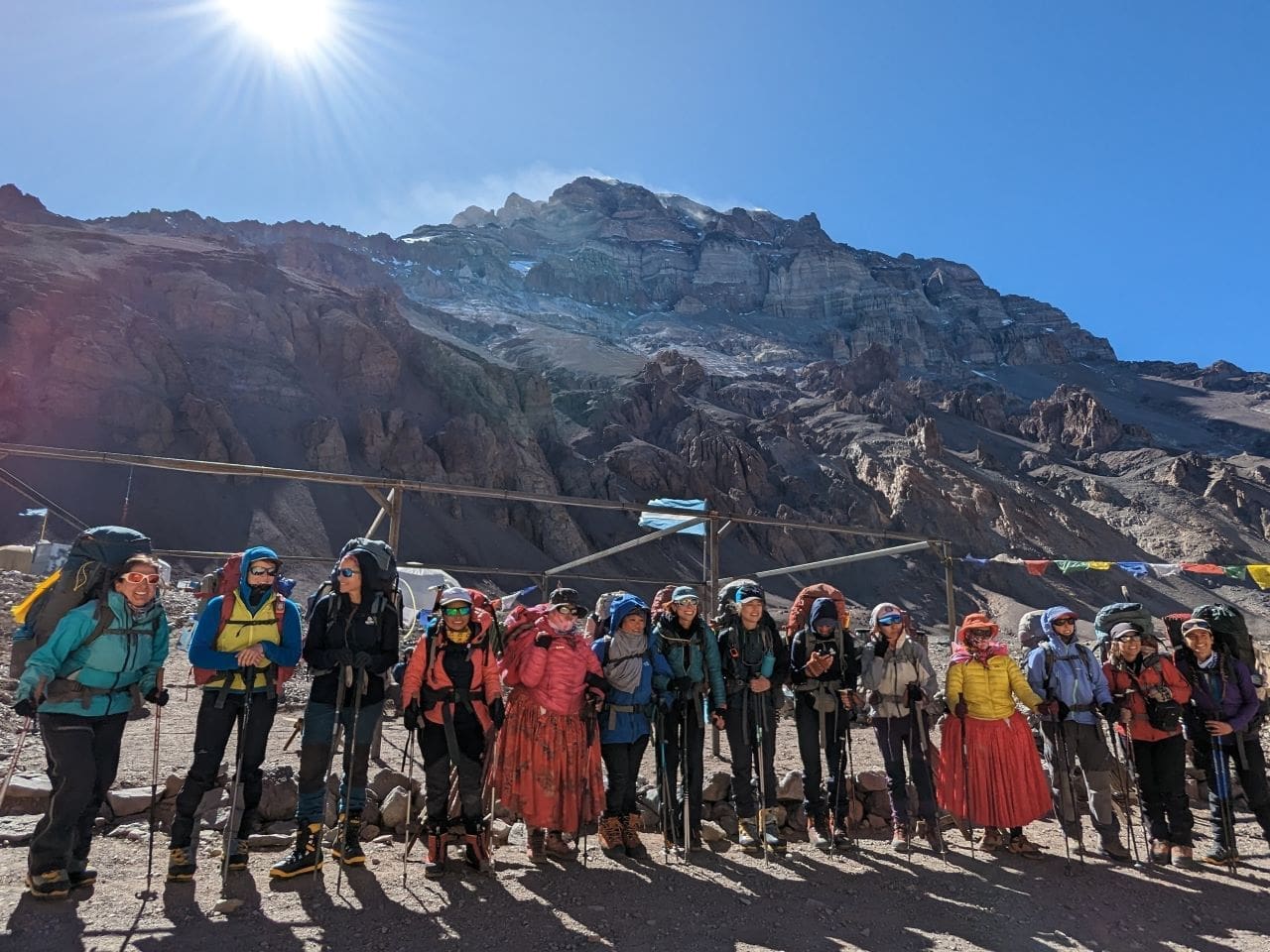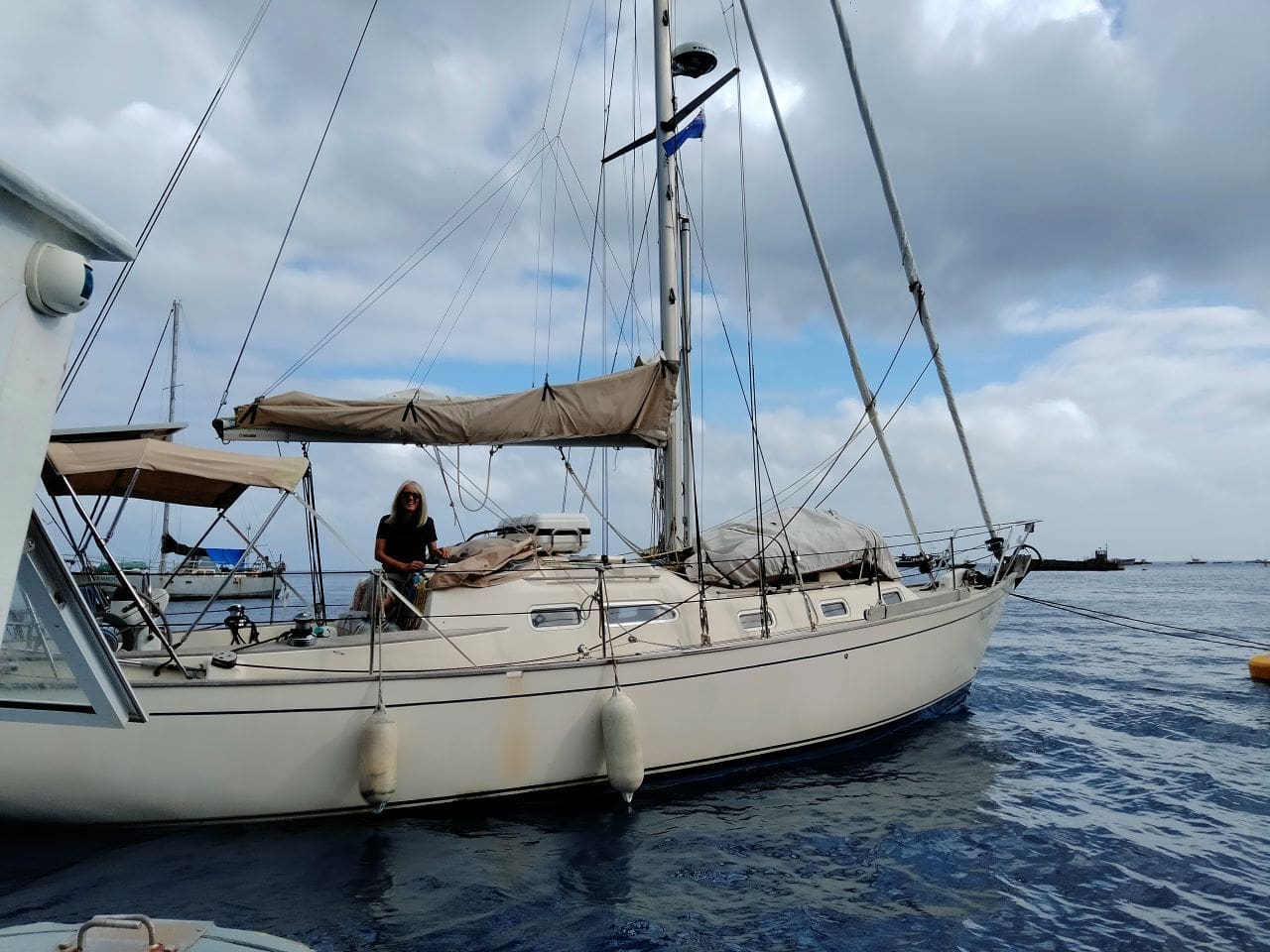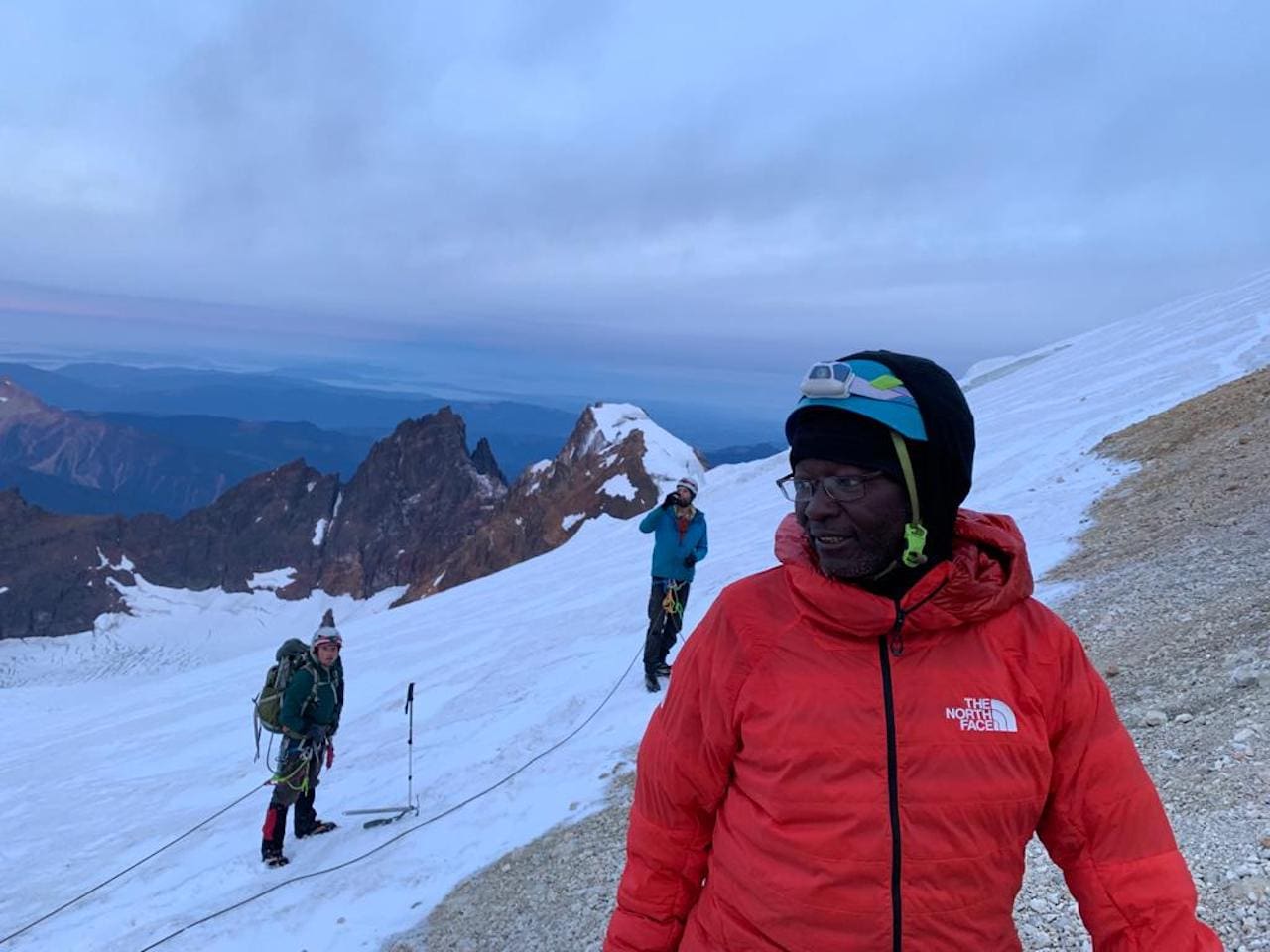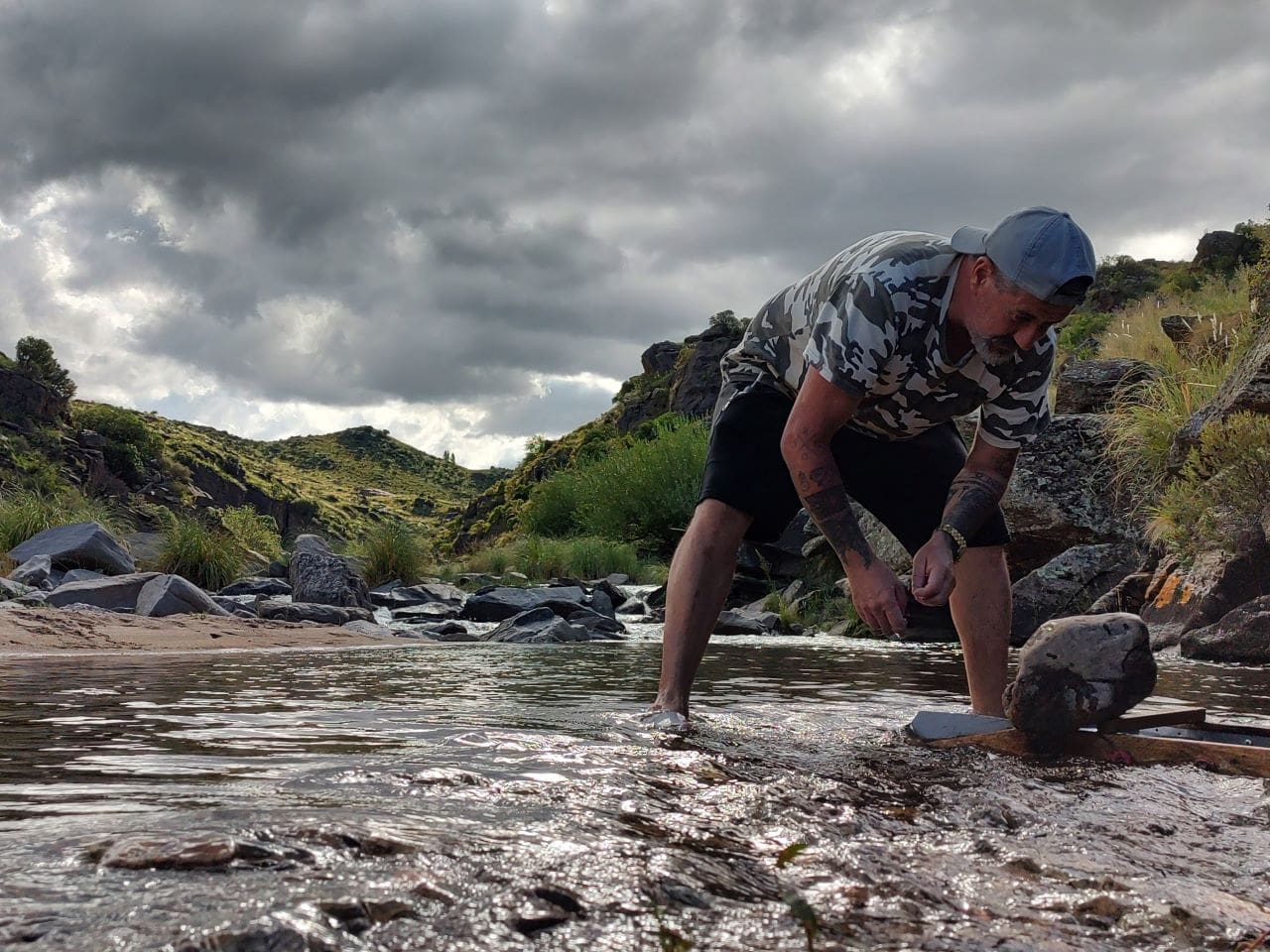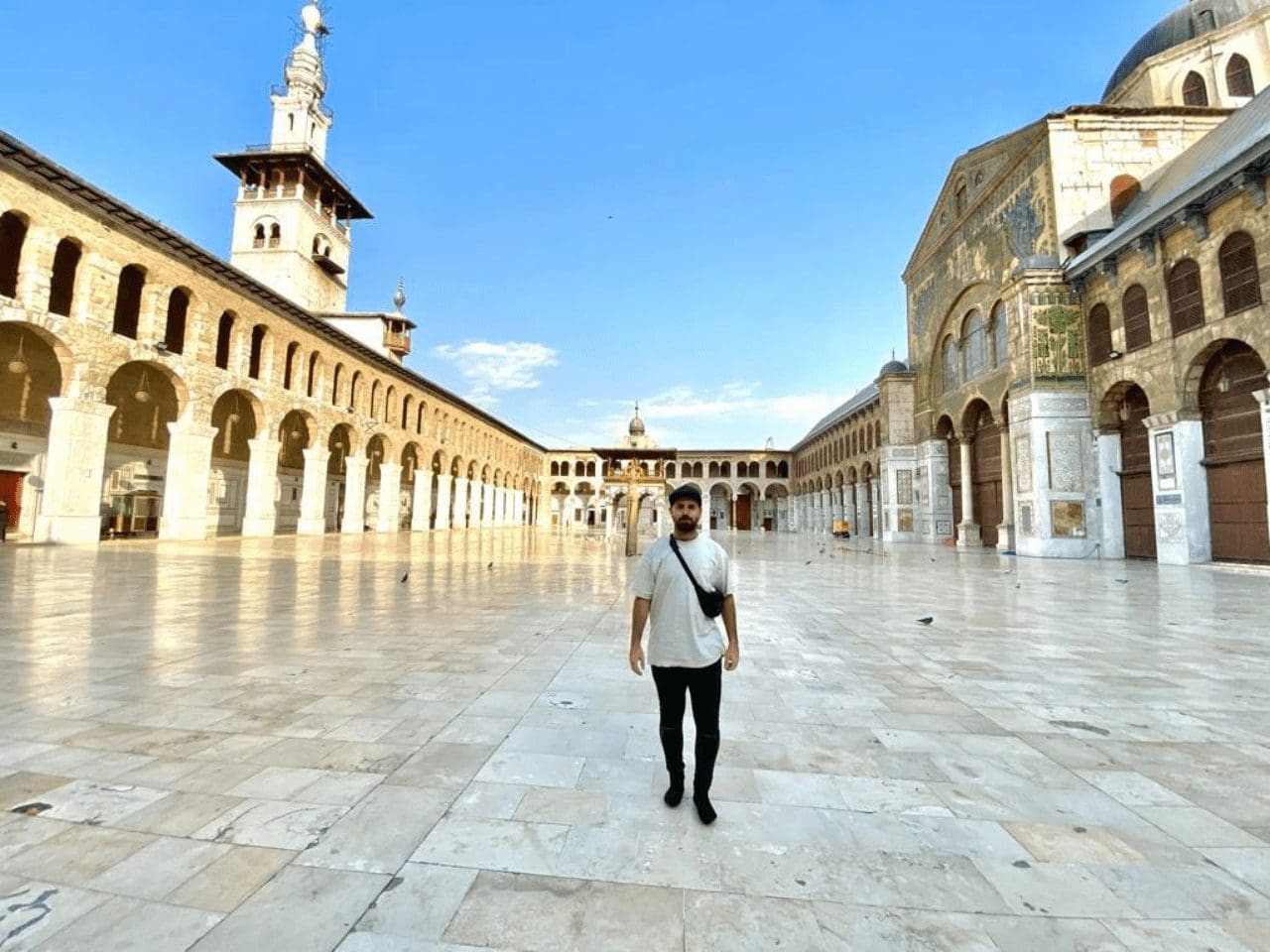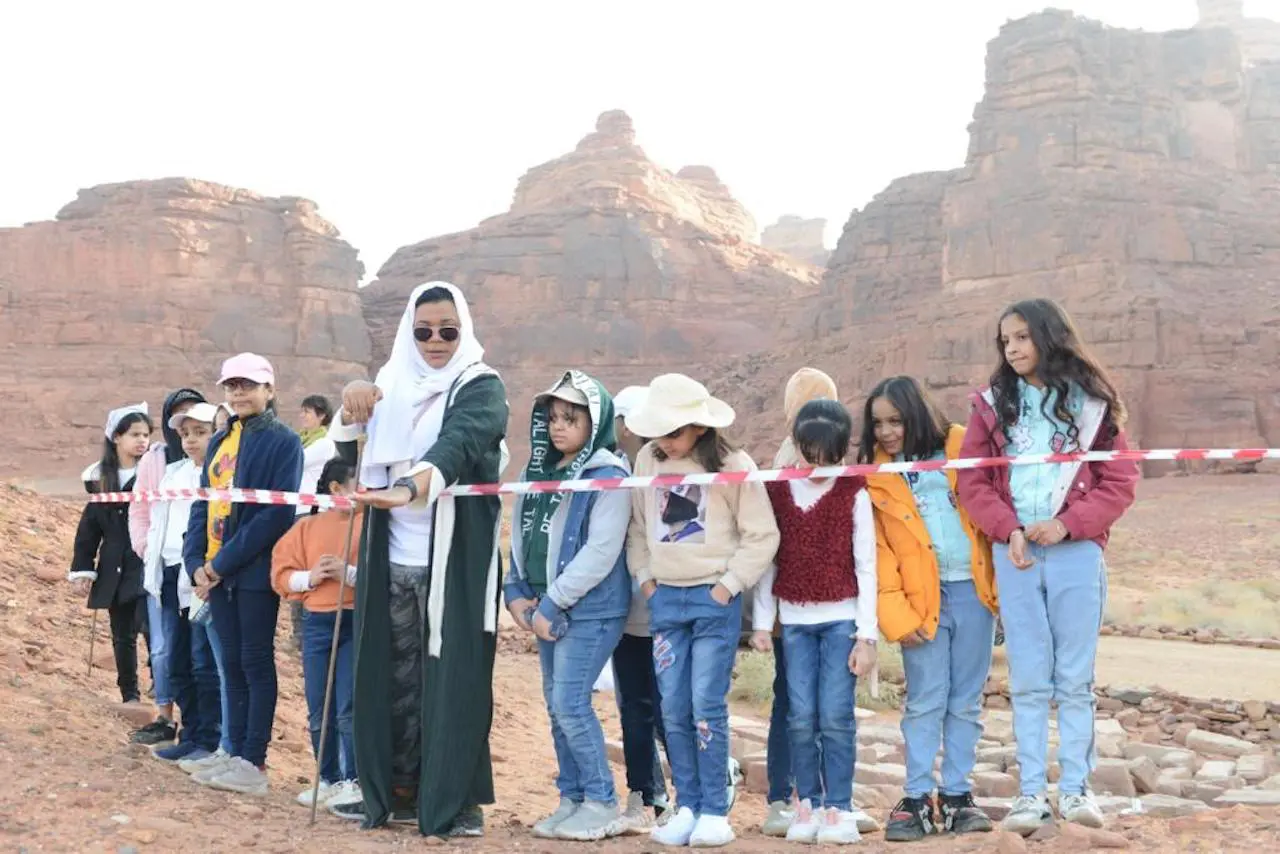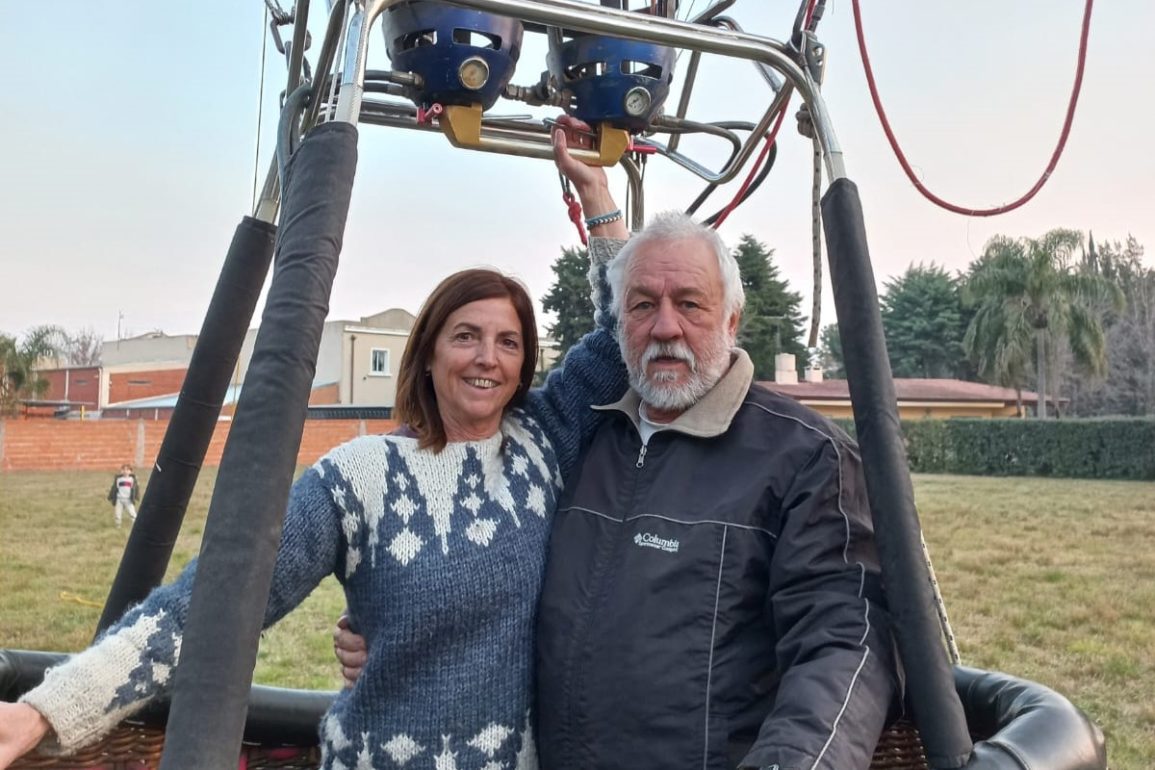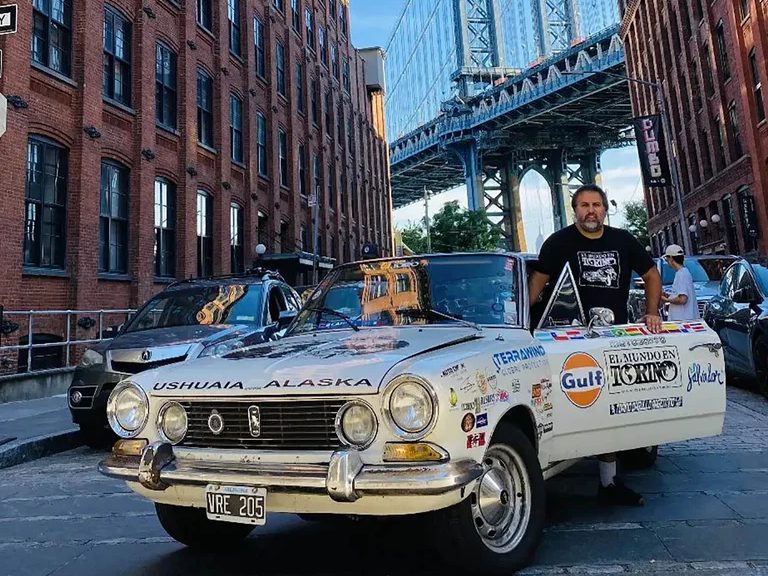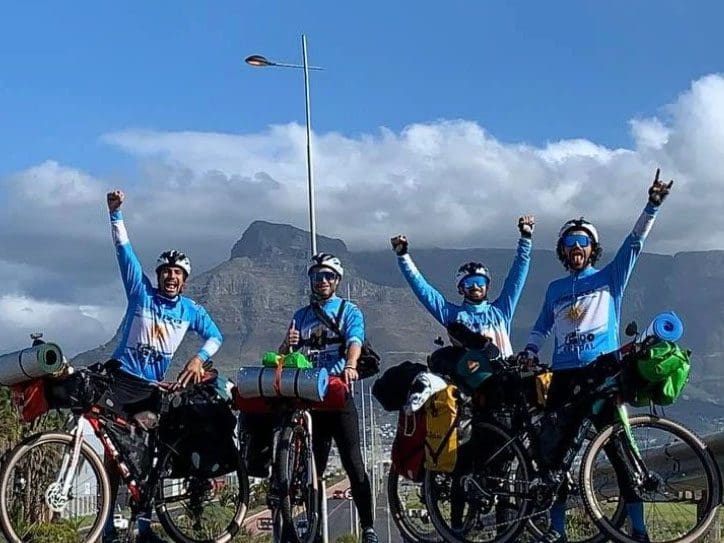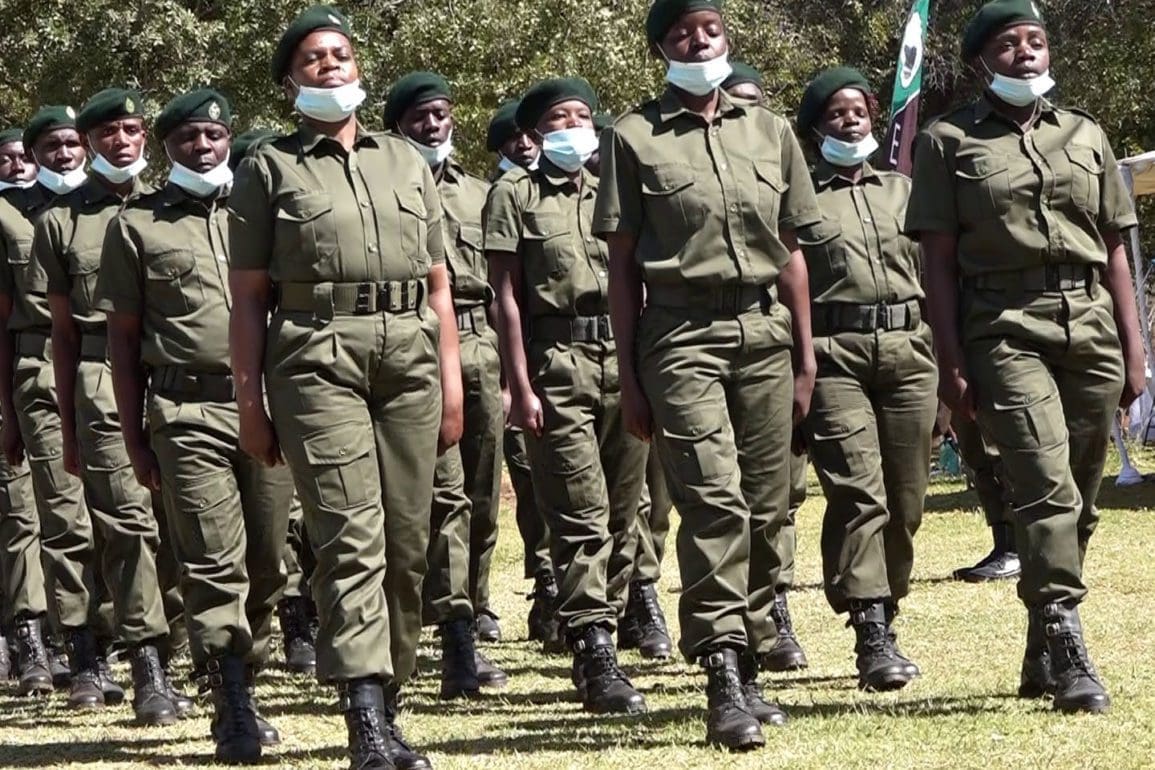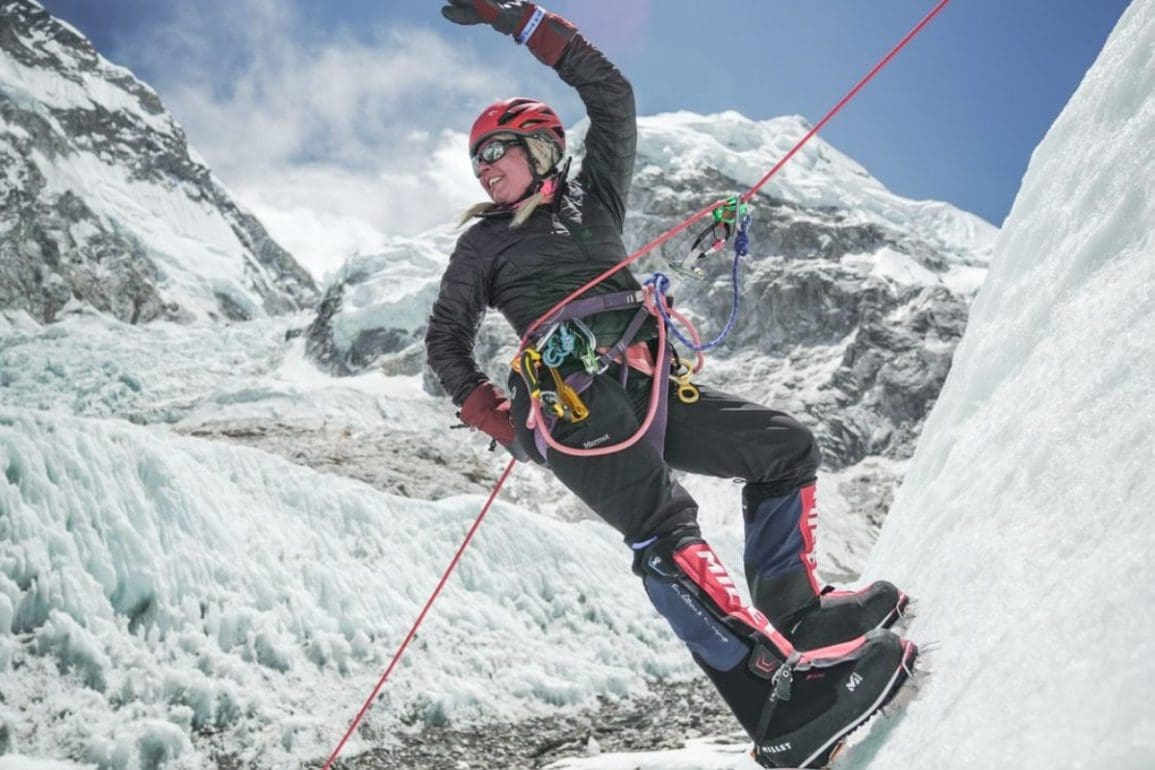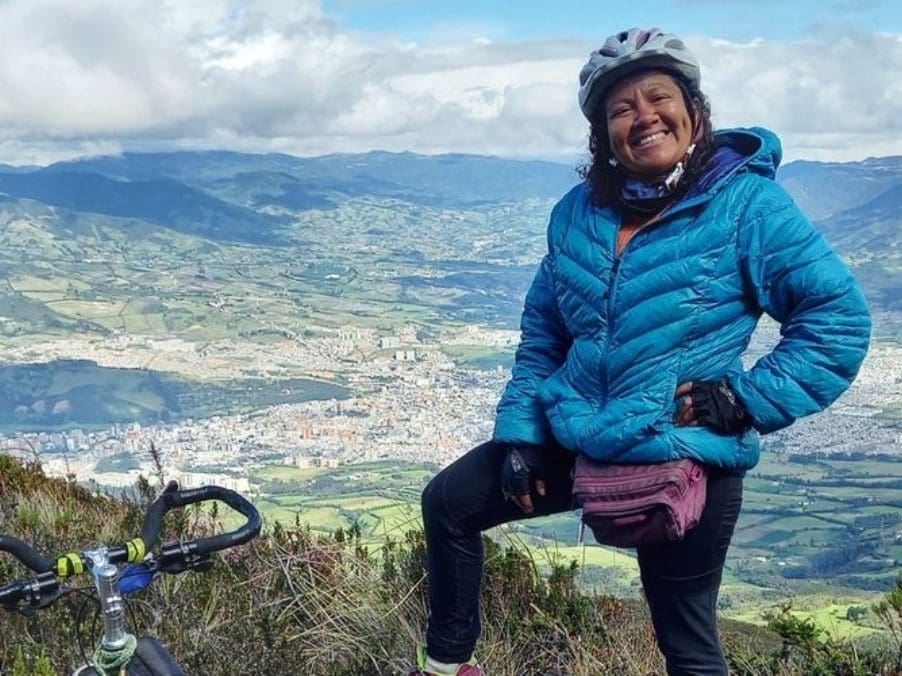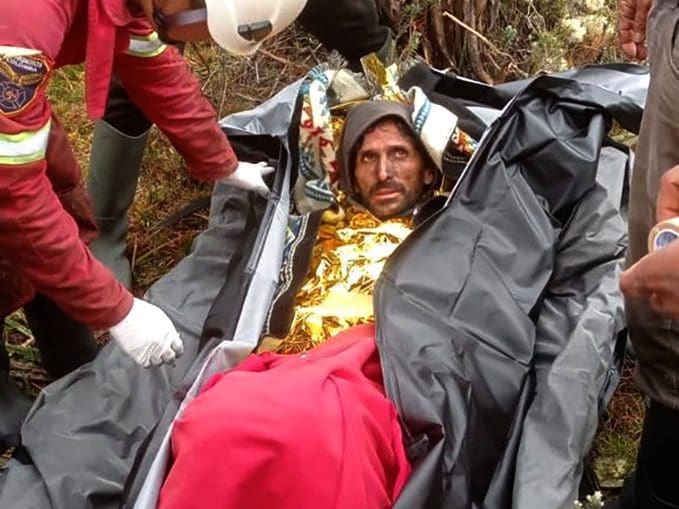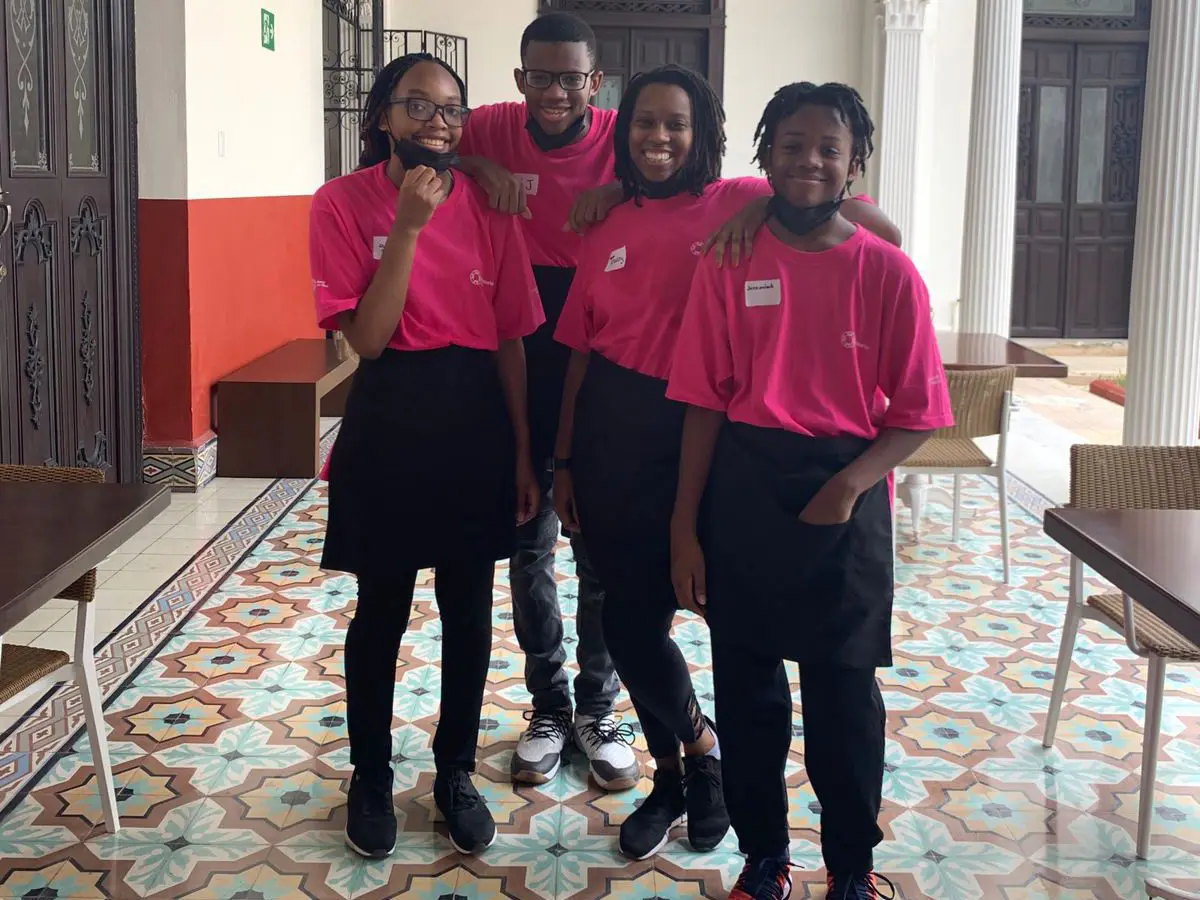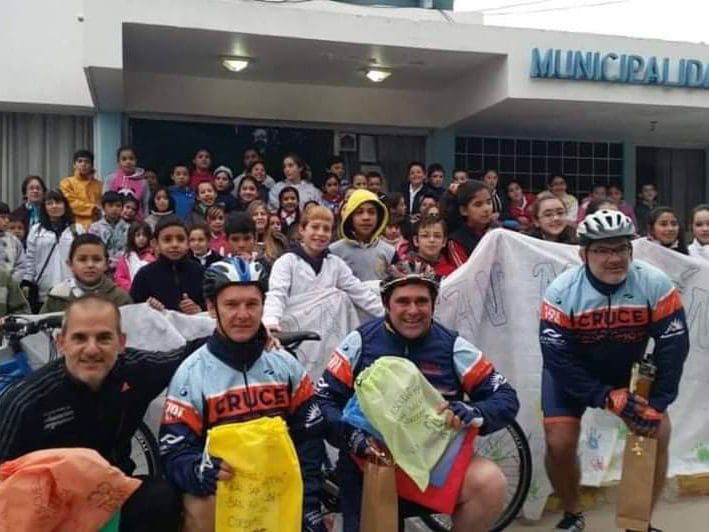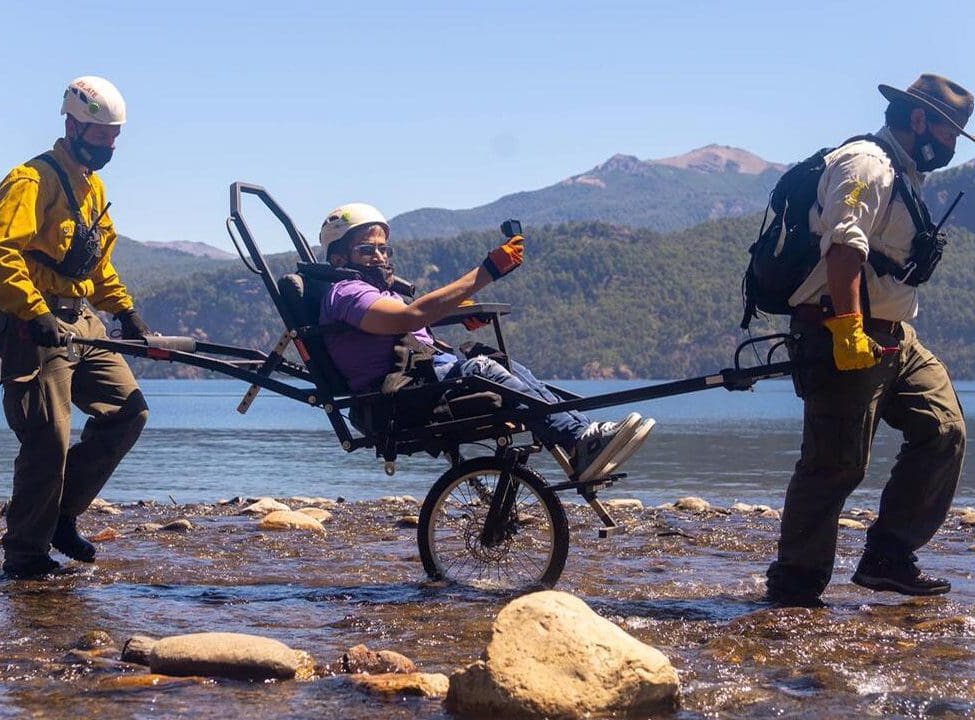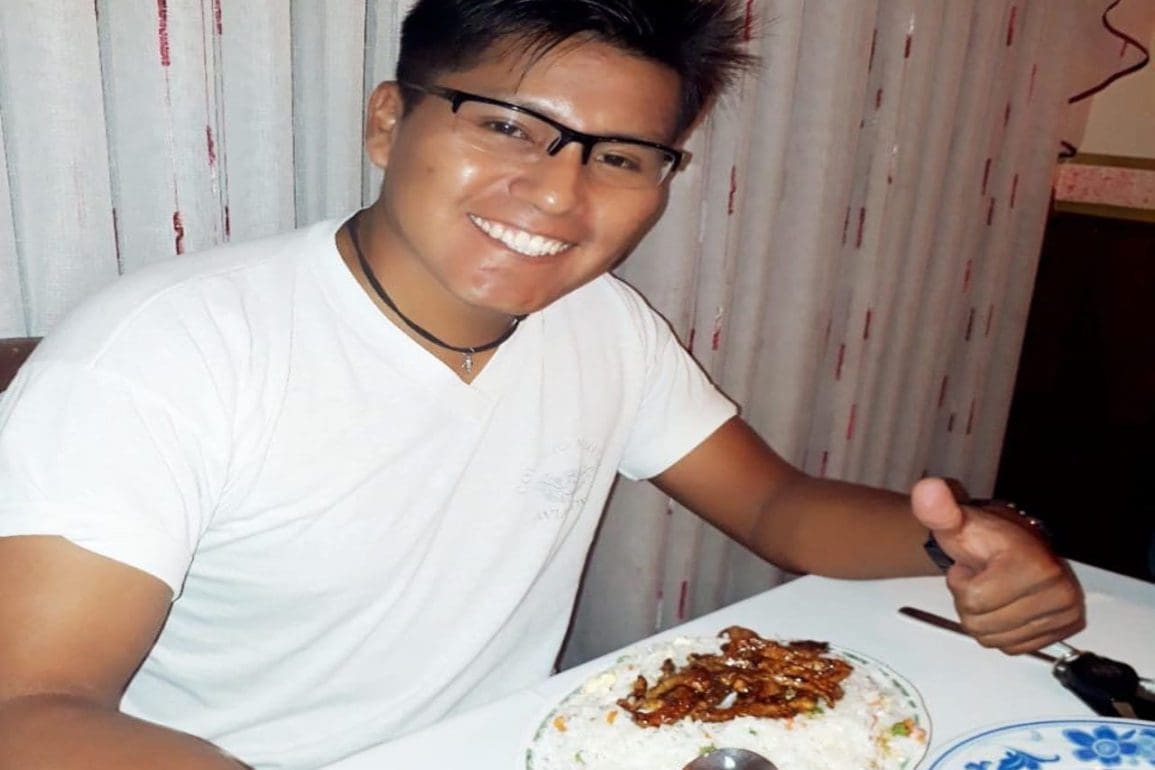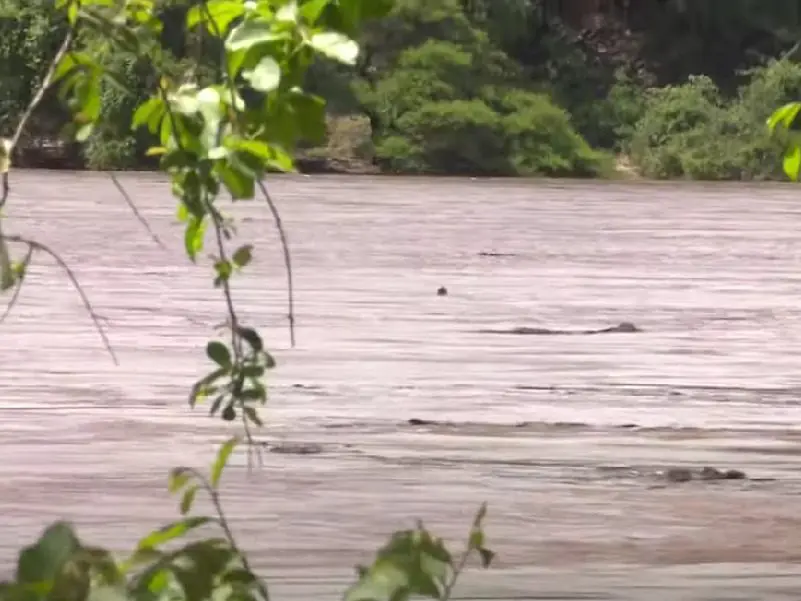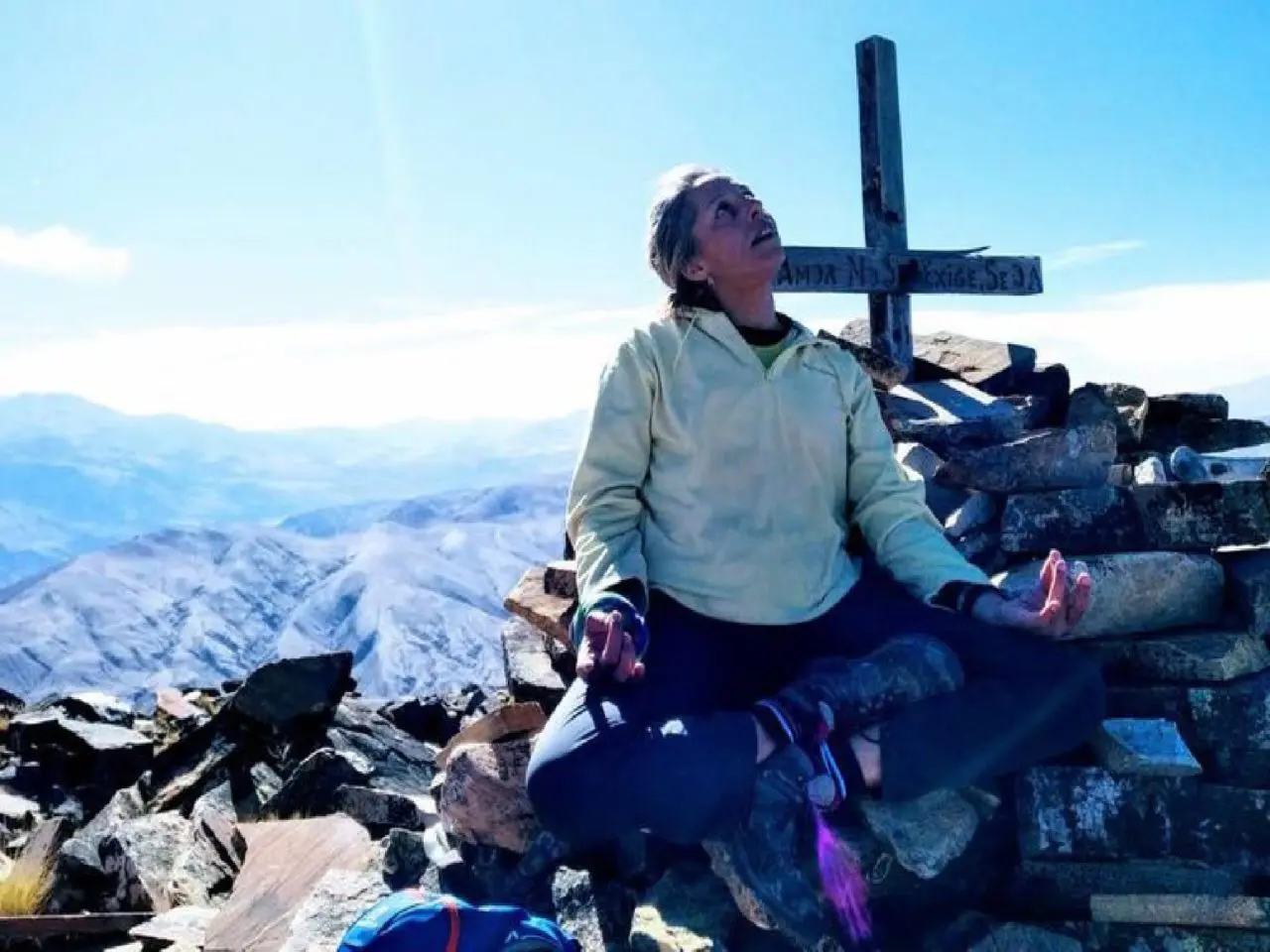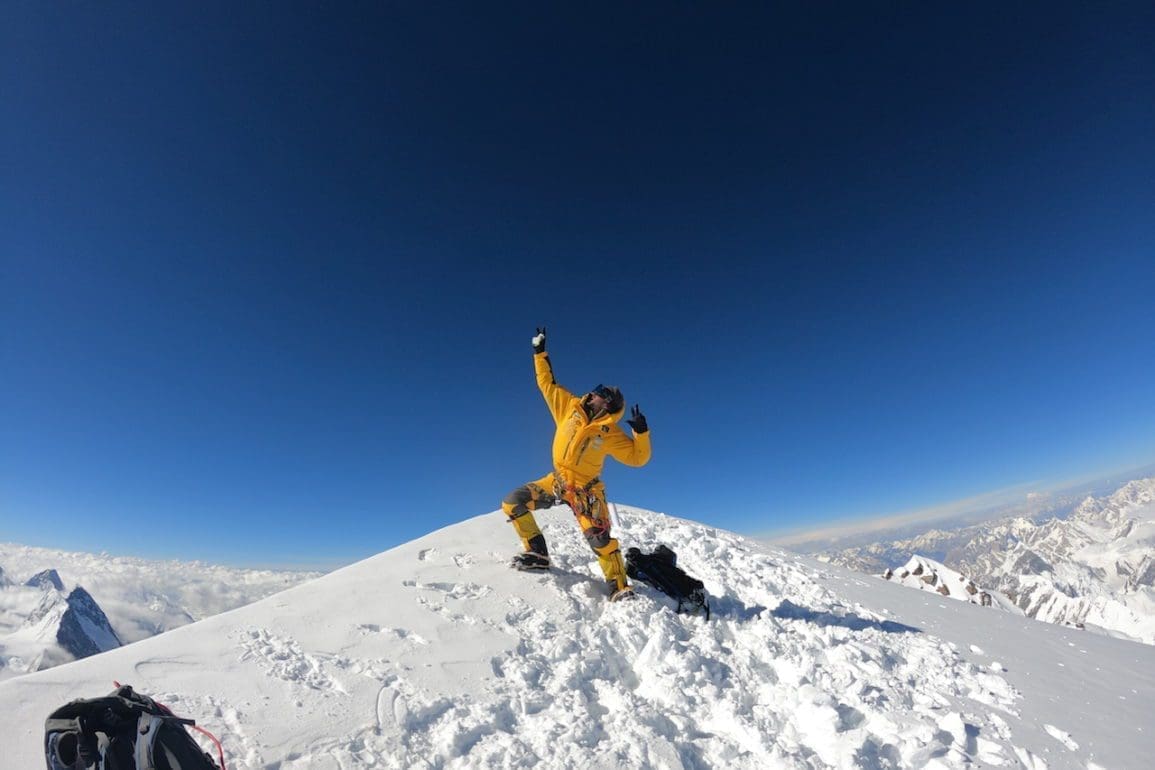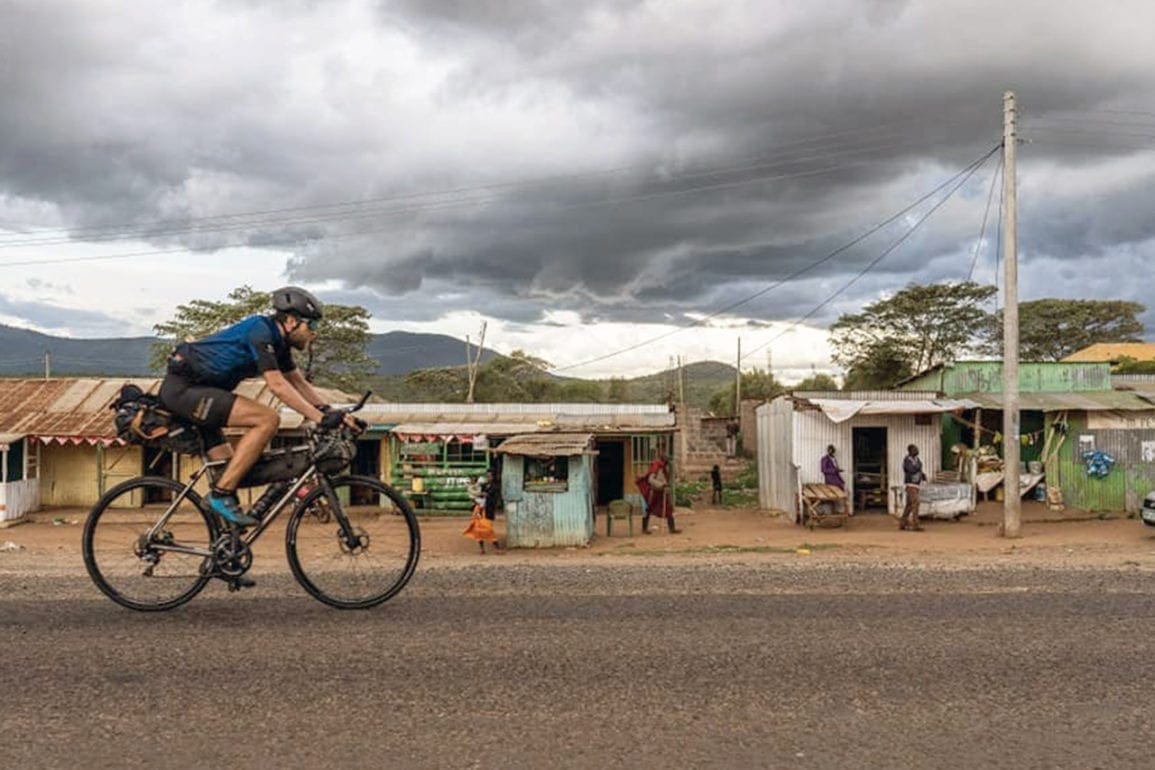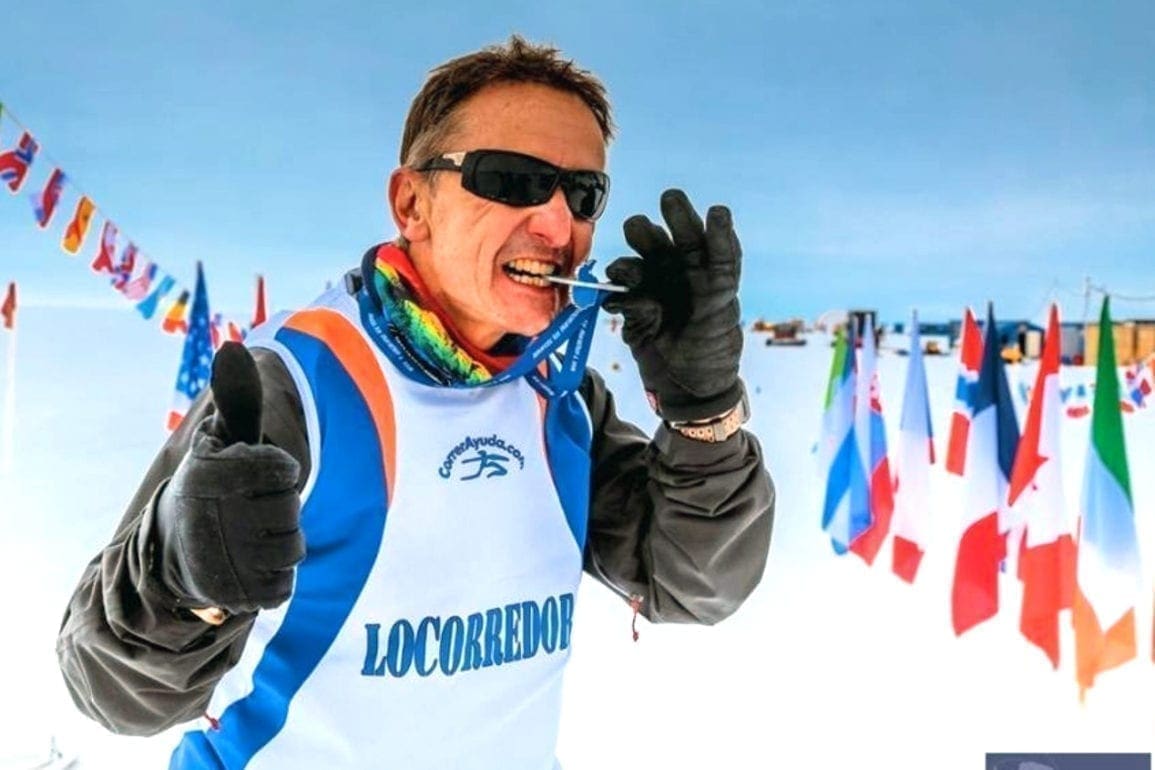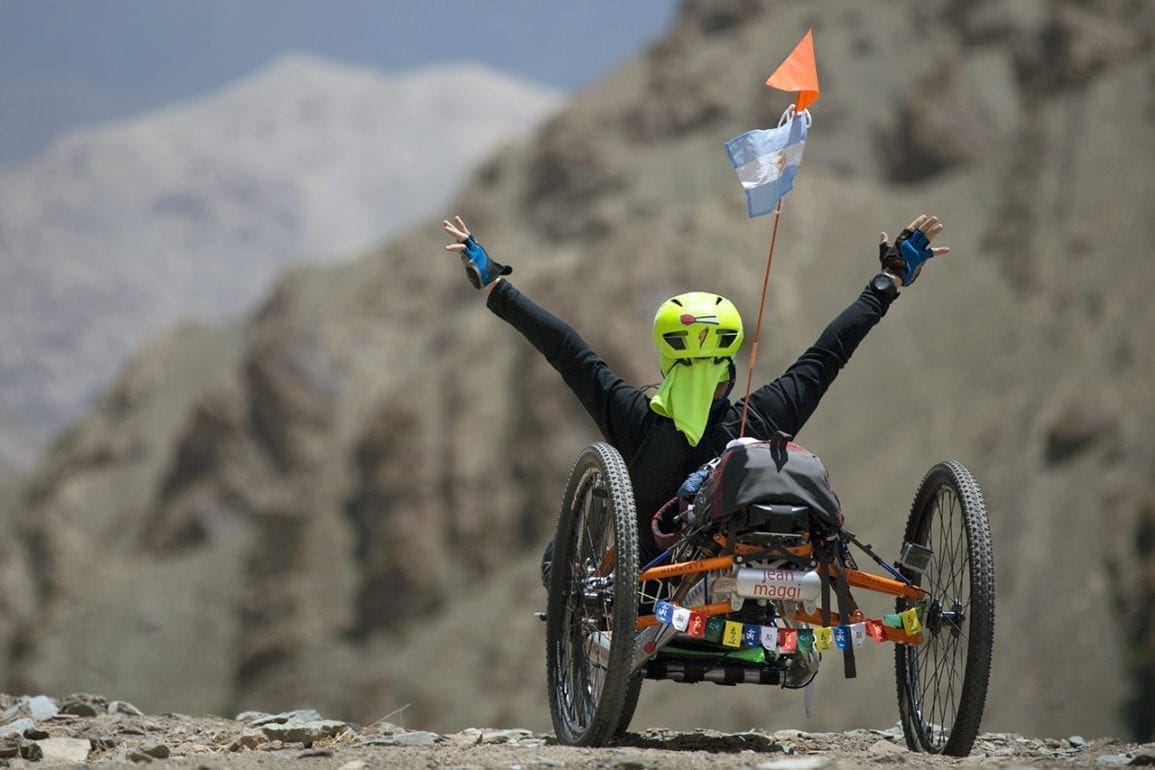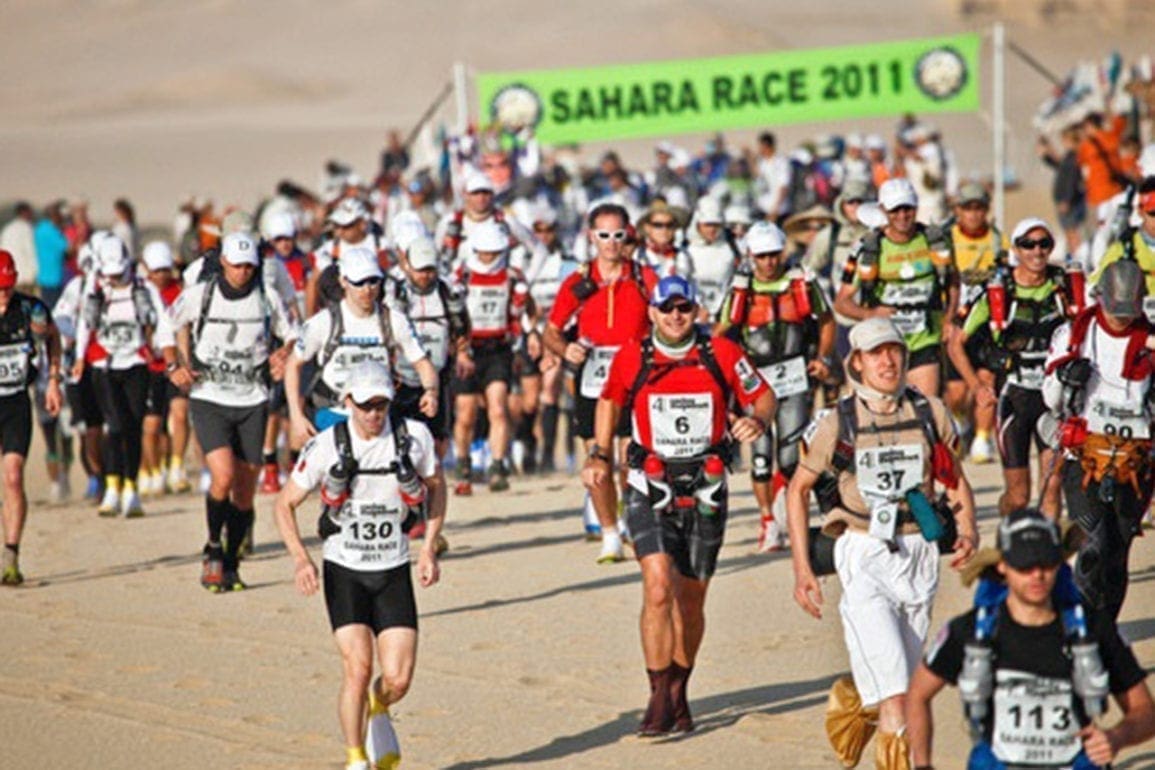Former soldier becomes India’s first blade runner
When the bomb exploded, I went numb and lost consciousness.
Grievously injured, I suffered heavy blood loss and cardiac arrest during transport. Doctors declared me dead on arrival, but I survived.
- 3 years ago
October 9, 2021

NEW DELHI, India – I commanded a protective post on the Line of Control during the peak of war between India and Pakistan.
My 30 soldiers and I lived year-round in the second-coldest inhabited location on earth, in a rugged landscape 8,000 feet high.
Nestled in mountaintop posts in freezing conditions, we faced the Pakistan Army less than a football field away. When they launched their attack, thousands of shells, bombs, and rocket warheads wreaked havoc. Both sides suffered heavy casualties.
One day, a sense of foreboding consumed me. For 48 hours, not a single bullet had been fired. Something was brewing, and I knew tragedy would follow. I was right.
Soldier loses limb but not his will
On July 15, 1999, the Pakistan Army fired two mortar bombs. They targeted me personally as I stood outside a bunker.
The first bomb flew by, landing somewhere far away. Before I could react, the second bomb exploded right next to me. The killing area of a bomb is 8 meters in diameter. I was a meter and a half from where the bomb landed.
When the bomb exploded, I went numb and lost consciousness. Risking their own lives, my battalion mates rushed me to the hospital.
Grievously injured, I suffered heavy blood loss and cardiac arrest during transport. Doctors declared me dead on arrival, but they revived me, and I survived.
After all the surgeries and procedures, I was discharged but reeled under acute Post Traumatic Stress Disorder. I faced extensive physical disabilities.
Gangrene led to the amputation of my right leg. My left leg shattered, requiring knee surgery and the removal of large chunks of muscle from my calf and thigh. I lost parts of my intestines, suffered hearing loss, and was riddled with over 70 pieces of shrapnel, some of which cut straight through my body.
My metabolism and digestive system slowed down during my 40-day stay at the Military Command Hospital. My weight dropped from 143 pounds to just 61.
Still, the emotional setbacks proved more difficult.
The emotional toll of being a disabled soldier
At the Military Command Hospital’s Artificial Limb Centre in Pune, injured troops surrounded me. Some had no legs; others had no eyes.
In the unit, we supported one another, maintaining our morale through a shared emotional high of having survived. I focused on learning to walk again.
However, outside of the hospital, reality hit hard and my physical limitations jolted me. Once a highly active and energetic man, I found basic chores and household tasks nearly impossible. I could not walk or drive, and I lost my independence. Where I once sprinted up a flight of stairs, now I dragged myself, a step at a time.
I hid my agony from my loved ones, cracking jokes and laughing, but I needed extra care. I was physically and emotionally drained. Inside, I wanted a hug or a shoulder to lean on. Irritability, agitation, and anger set in.
Despite my best efforts, I could not acclimate to the sympathetic glances. People pitied me. They said it was my Karma. I longed for someone to hold my hand, but people either called me a warrior or they looked down on my disabilities. When I sought support, people often backed out.
The soldier in me rose up, and I decided to take action.
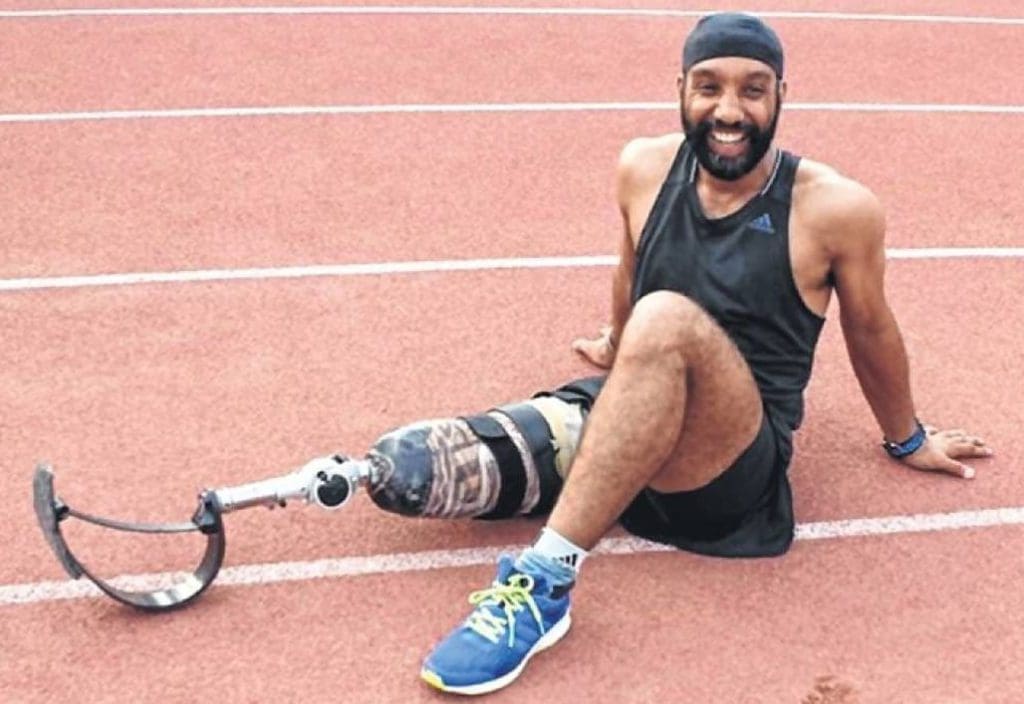
More than survival: amputee thrives
In my new life, I have become a runner and a skydiver. The crippling roadblocks I faced as an amputee did not stop me; I was intent on improving my quality and standard of my life.
When I run, I feel the jarring impact of my feet on the ground from my hips to my head. I become bruised all over my body. Yet, I enjoy running. It tames the side effects of shrapnel injuries and focuses my attention on eating and sleeping well.
Skydiving, like running, helps me transcend my injuries. My first jump was indeed the most out-of-this-world experience of my life.
An Advance Landing Helicopter lifted me to an altitude of 9,000 feet. After leaping out, I free fell for 25 seconds. In the air, I felt like a bird. The Earth looked like a beautiful map, spread out underneath me.
When my parachute opened, I experienced the deepest silence of my life. You could hear a pin drop. The silence was spiritual.
Since my amputation, I have completed 26 half marathons, a full marathon, and skydived eight times.
People call me physically challenged. I call myself the challenger. I seek to change nothing; my life inspires people, and I feel I am serving a bigger purpose.






